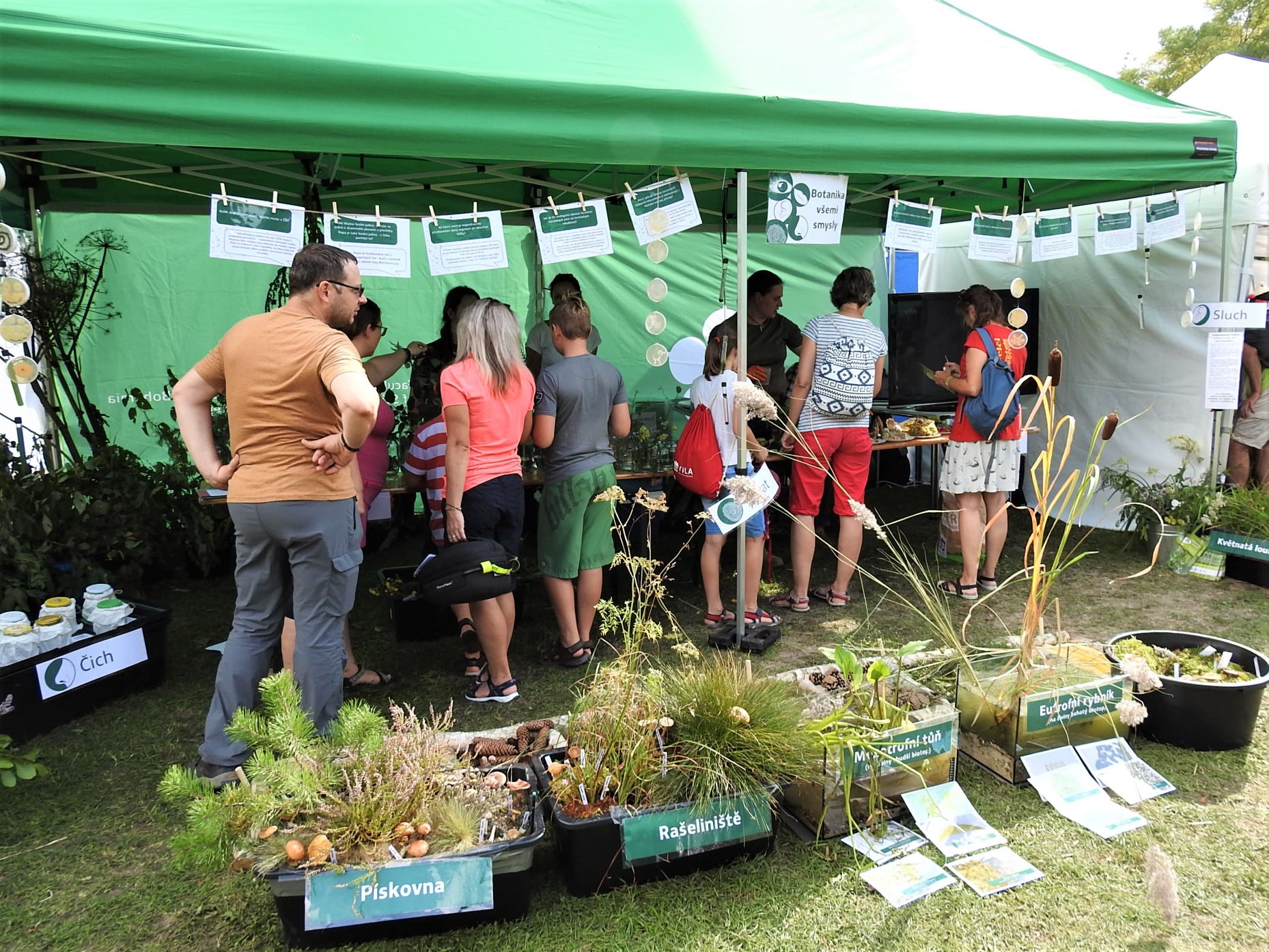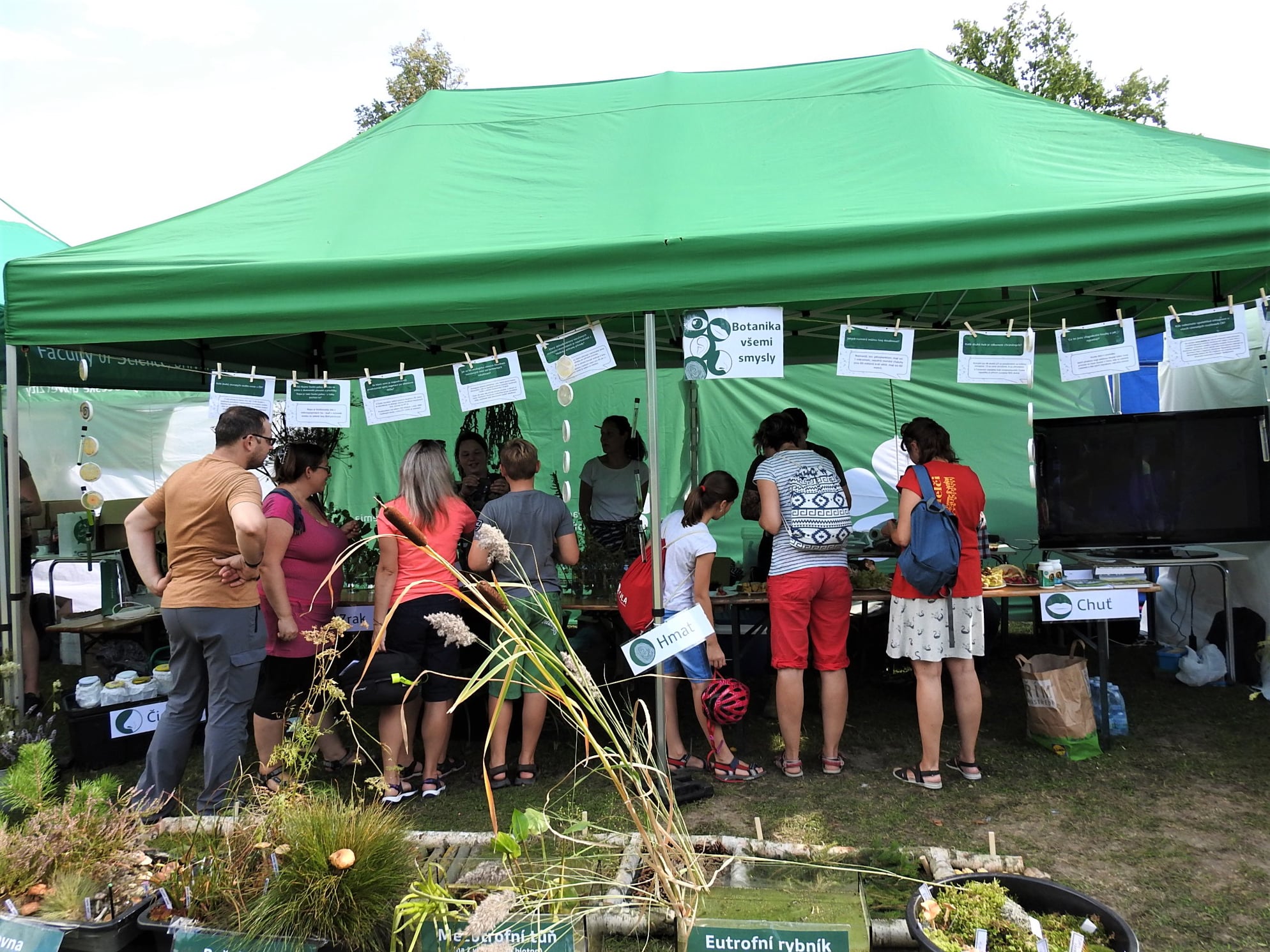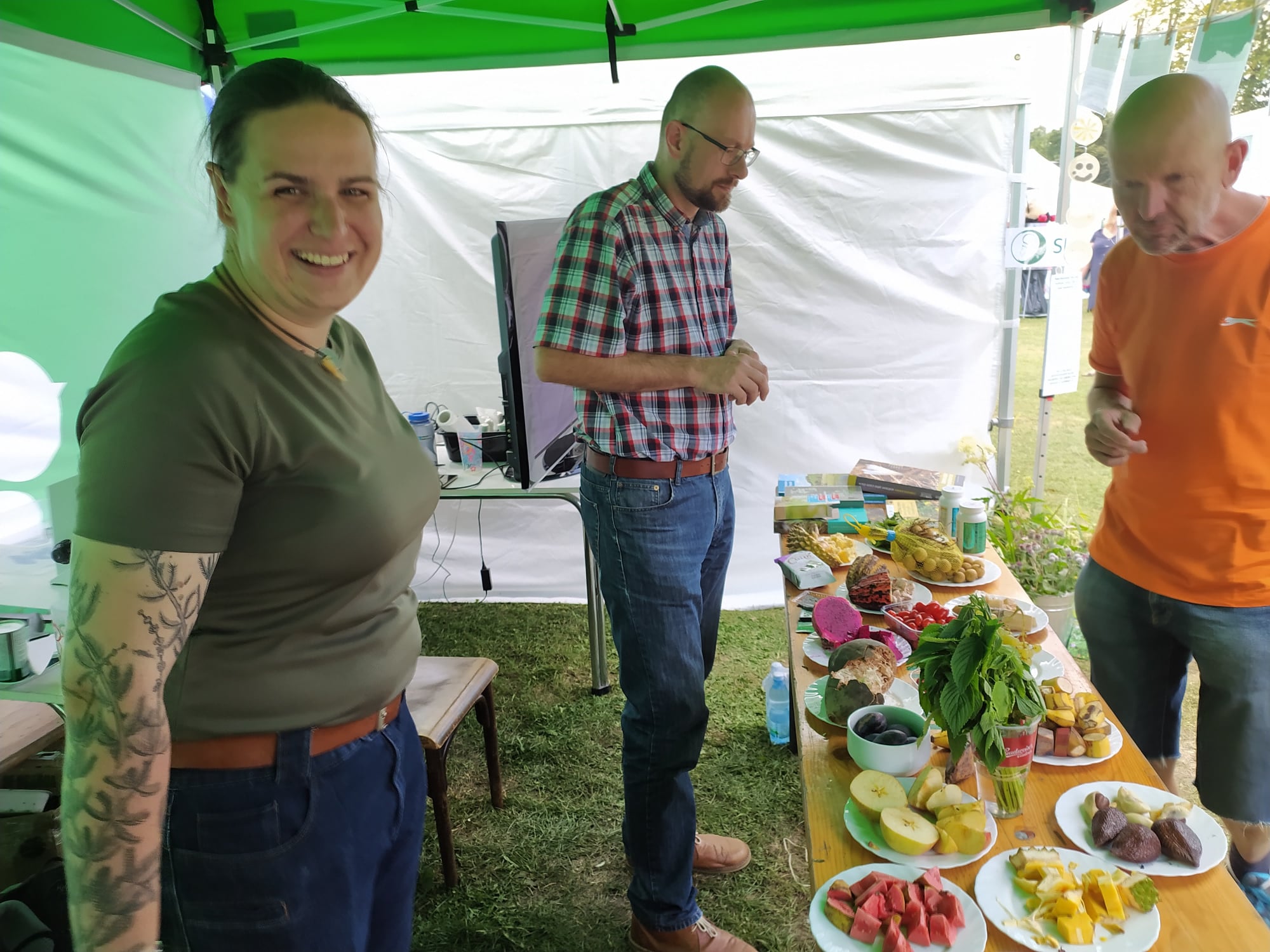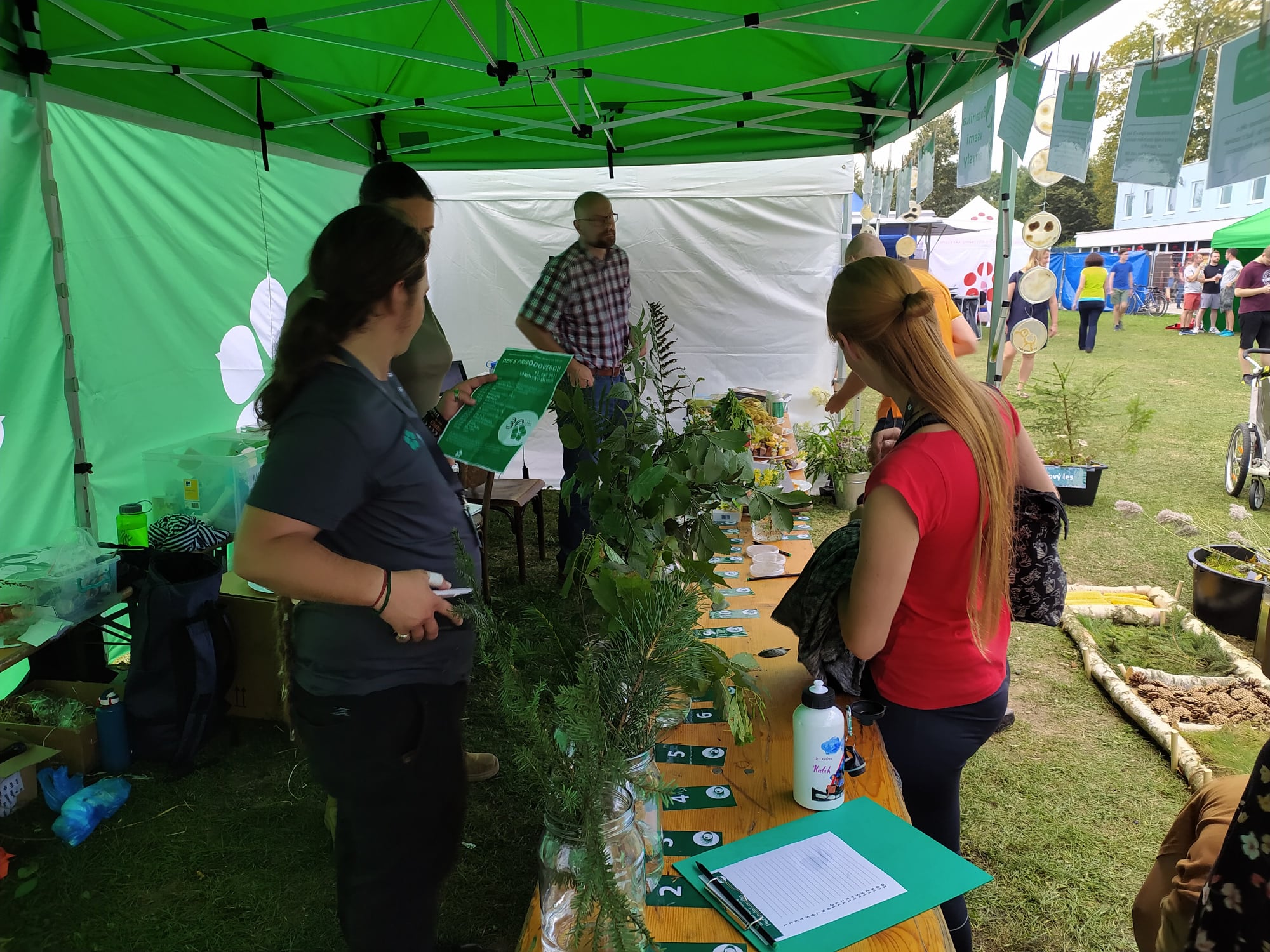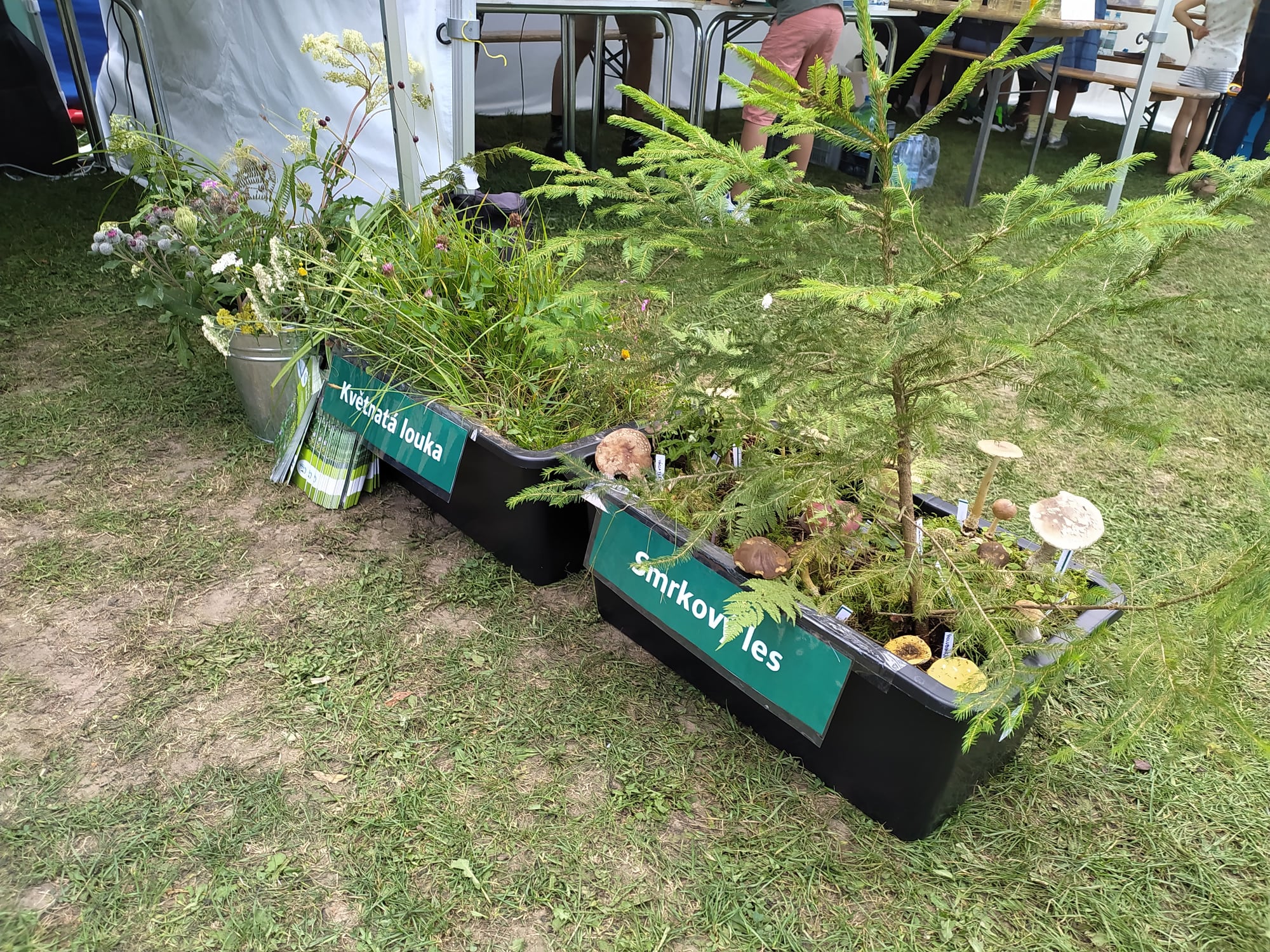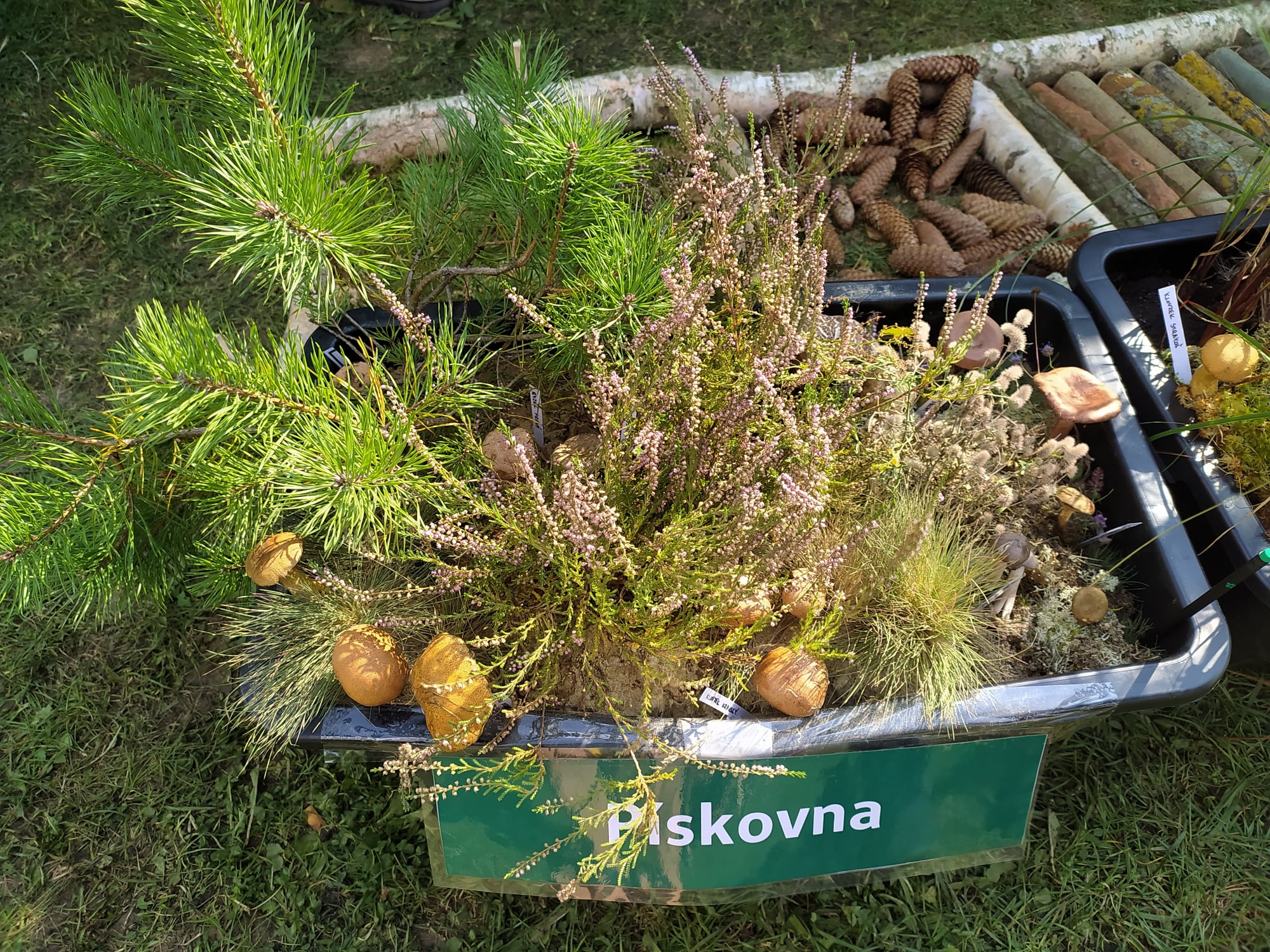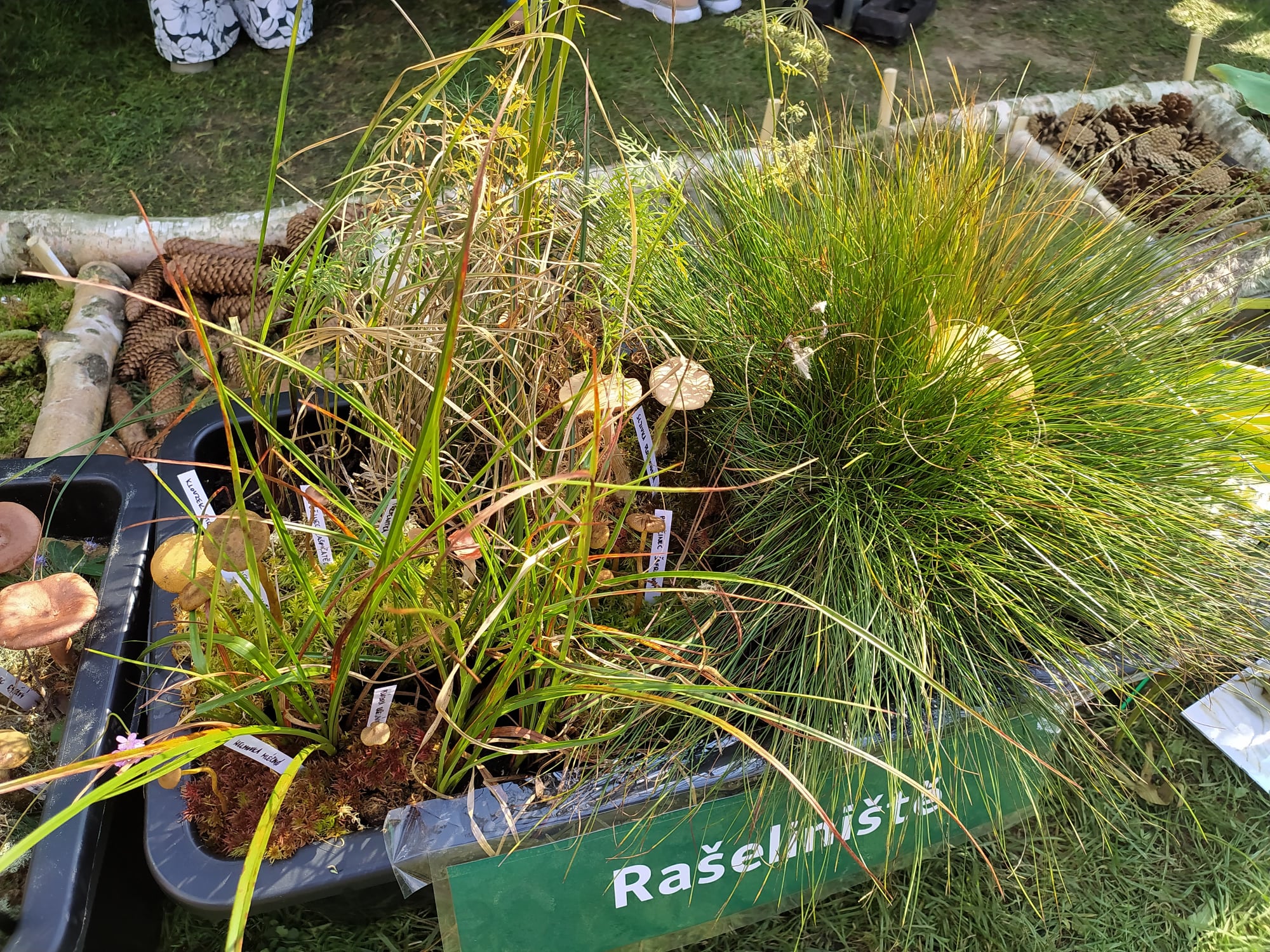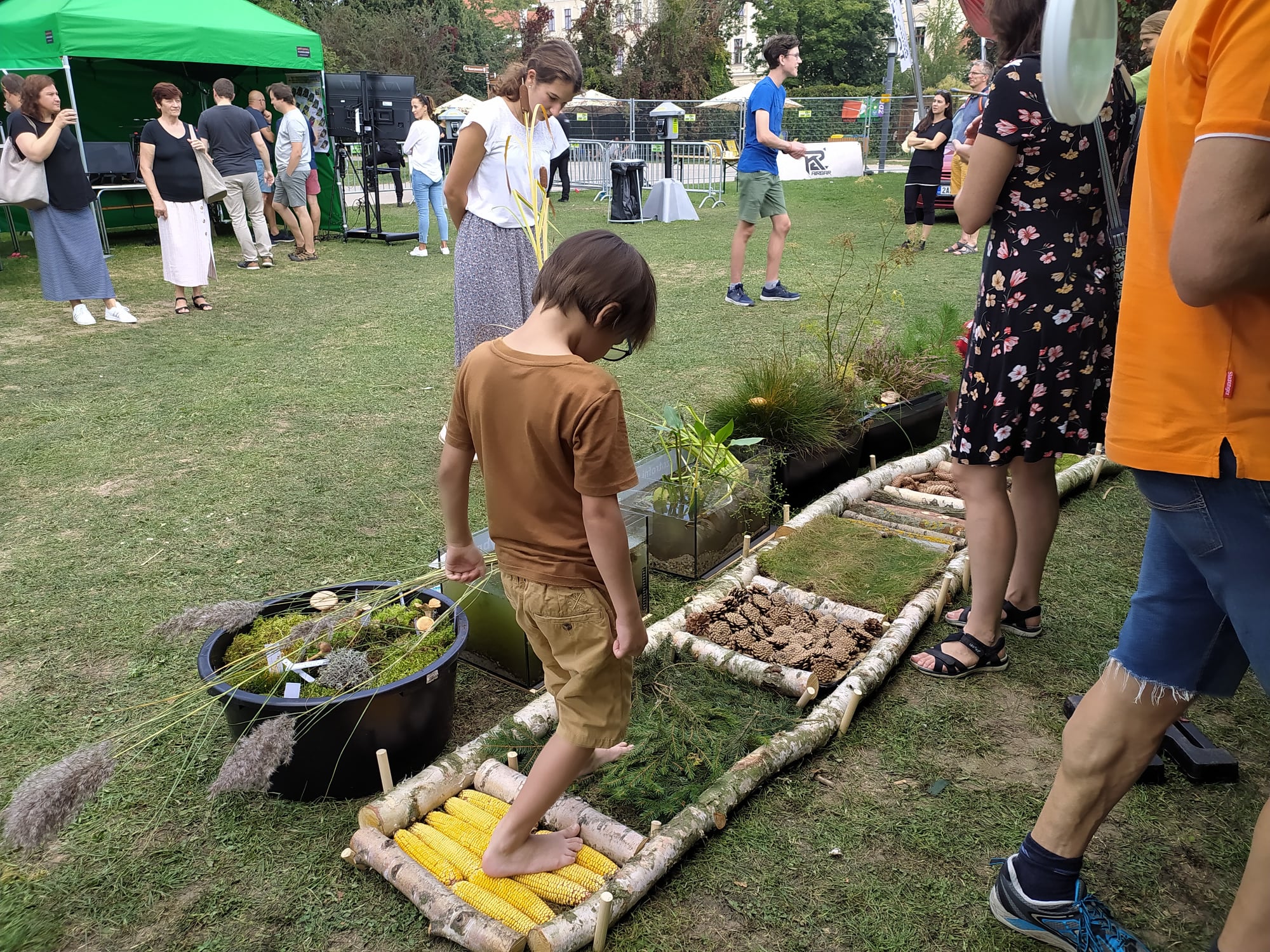Members of our working group actively participate in the virtual SER conference. The topics of presentations were diverse. Klara talked about "Ten-year progress in the restoration of dry grasslands on arable land using a regional seed mixture: still on the way or on the home stretch?" Kamila presented the results of our peat bog project in a talk "Biodiversity restoration of formerly mined raised bogs - vegetation succession and recovery of other trophic groups". Miguel evaluated the participation of non-native species in successional series within our DaSS database: "Alien species in vegetation succession: participation, temporal trends and determining factors in various central European series". And Anička presented the results of her study on the development of aquatic and wetland vegetation in mining sites in a presentation entitled "Spontaneous succession of aquatic and wetland vegetation in post-mine sites".
Reports from the conference:
Our "conference venue" and especially our conference lunch made us famous.
Karel Prach has already been famous thanks to his work in the field of ecology of restoration. He shared his experience during a meeting with other scientists within the conference program.
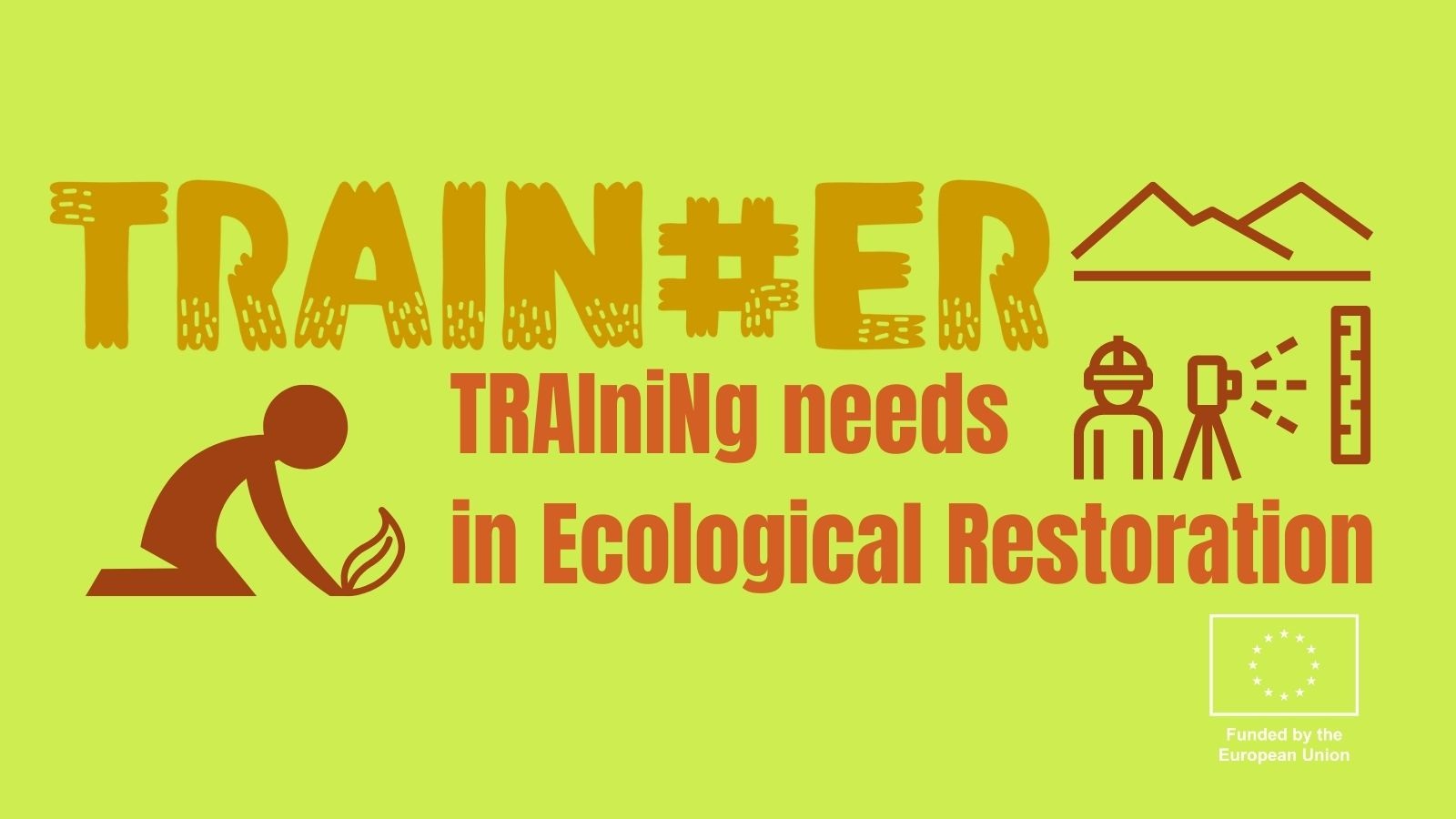 In cooperation with our colleagues from Spain, Germany, Norway, and the European Chapter of the Society for Ecological Restoration, we are launching a project that aims to find out how the restoration ecology stands. Across different disciplines and sectors, from high schools, through farmers, to NGOs, we will search what we already know about restoration ecology and try to identify knowledge gaps. Our findings should contribute to improving the vocational training in restoration ecology in the future. For more information see http://www.restoration-ecology.eu/trainer.
In cooperation with our colleagues from Spain, Germany, Norway, and the European Chapter of the Society for Ecological Restoration, we are launching a project that aims to find out how the restoration ecology stands. Across different disciplines and sectors, from high schools, through farmers, to NGOs, we will search what we already know about restoration ecology and try to identify knowledge gaps. Our findings should contribute to improving the vocational training in restoration ecology in the future. For more information see http://www.restoration-ecology.eu/trainer.
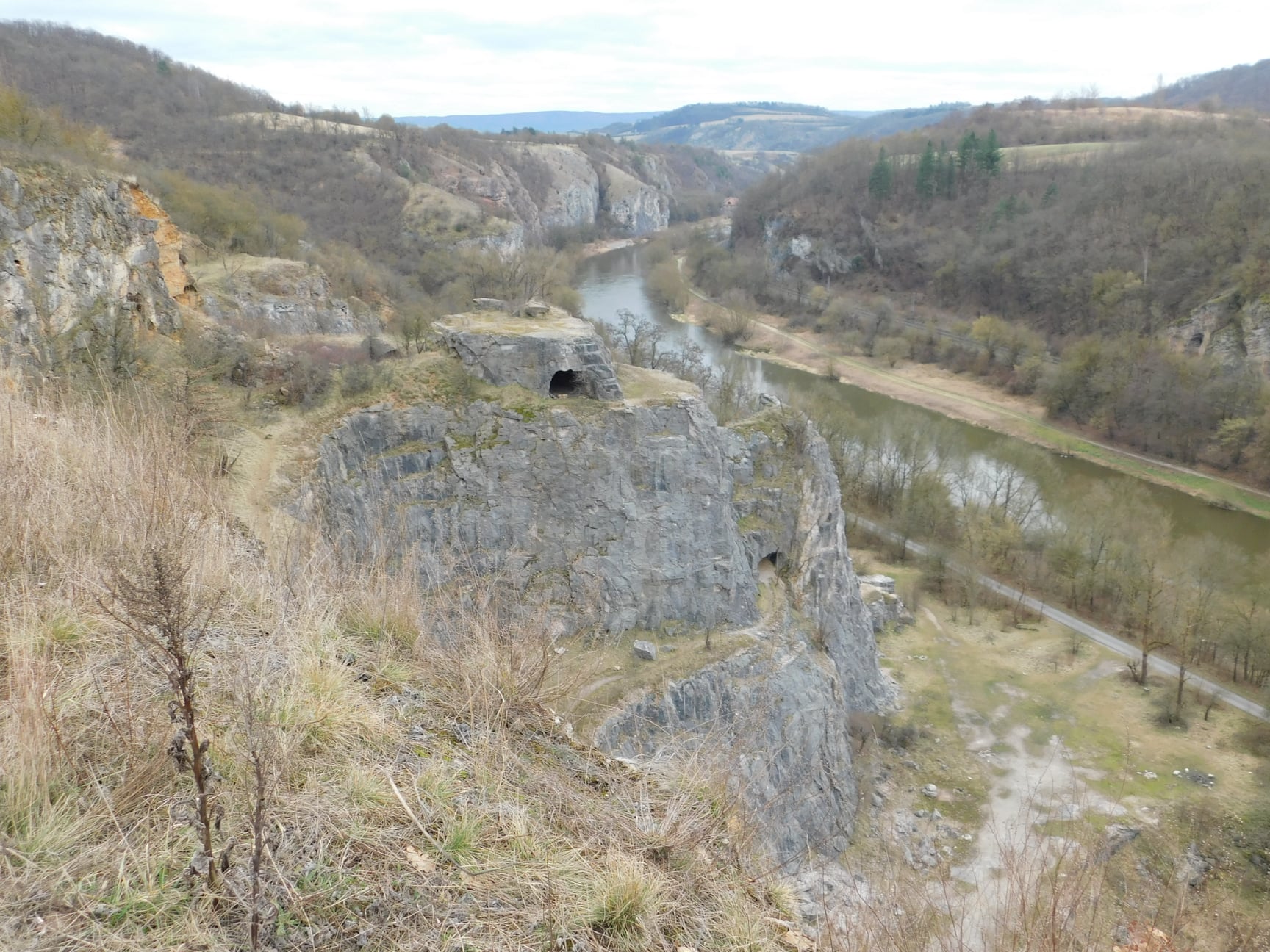 The quarries in the Bohemian Karst are very impressive even outside the vegetation season. We took advantage of it and selected suitable experimental plots and established an experiment there. In this dramatic environment, Farwa will monitor the establishment success of several sown species in younger and older successional stages. And because there never are too many experiments, we established a similar experiment in a re-grassed field. But most importantly, all plots were localized by our brand new geodetic GPS! The adventure does not end there - next week, we plan to visit active quarries where we (firmly believe) will find young successional stages and establish other experimental plots.
The quarries in the Bohemian Karst are very impressive even outside the vegetation season. We took advantage of it and selected suitable experimental plots and established an experiment there. In this dramatic environment, Farwa will monitor the establishment success of several sown species in younger and older successional stages. And because there never are too many experiments, we established a similar experiment in a re-grassed field. But most importantly, all plots were localized by our brand new geodetic GPS! The adventure does not end there - next week, we plan to visit active quarries where we (firmly believe) will find young successional stages and establish other experimental plots.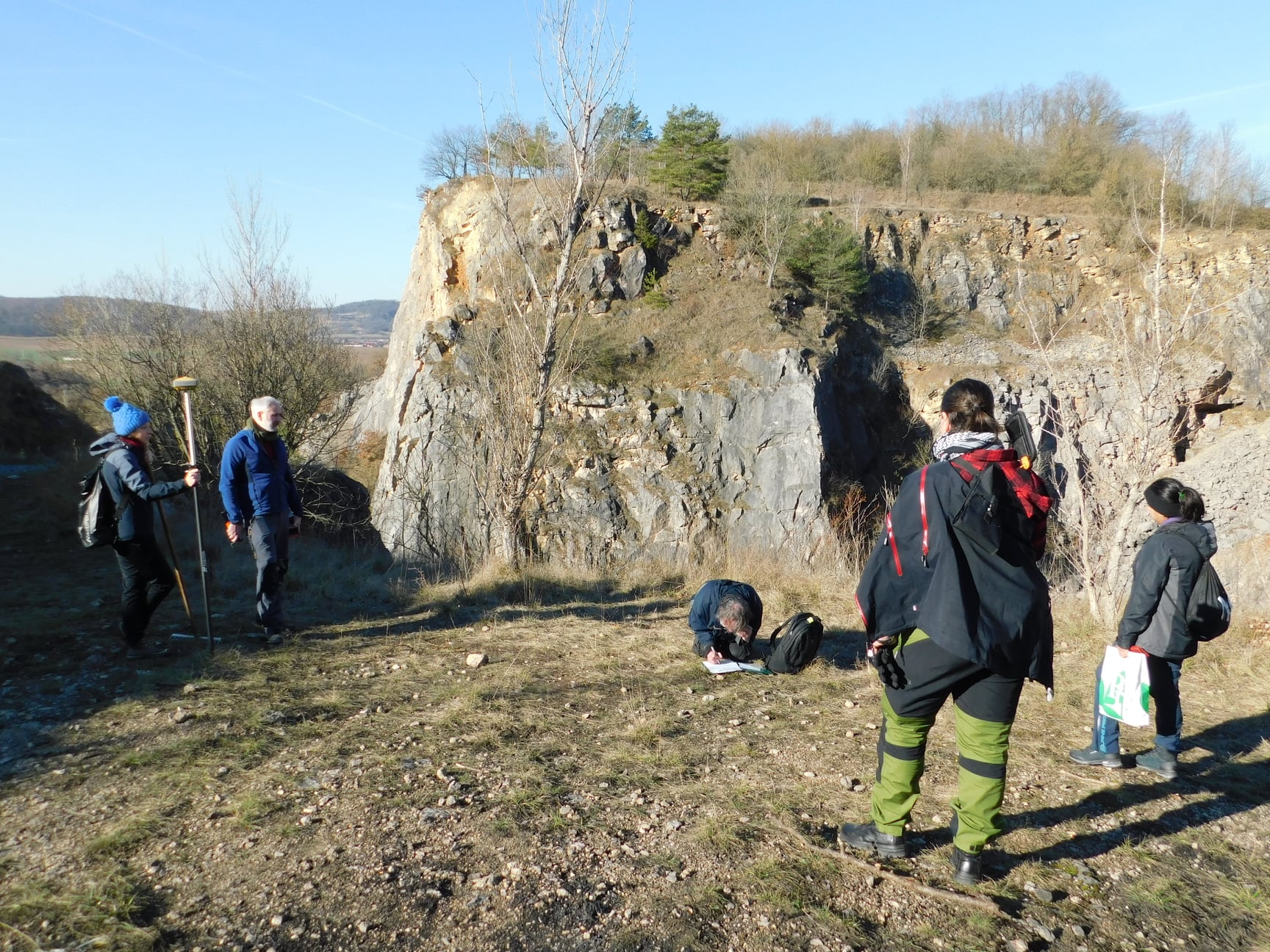
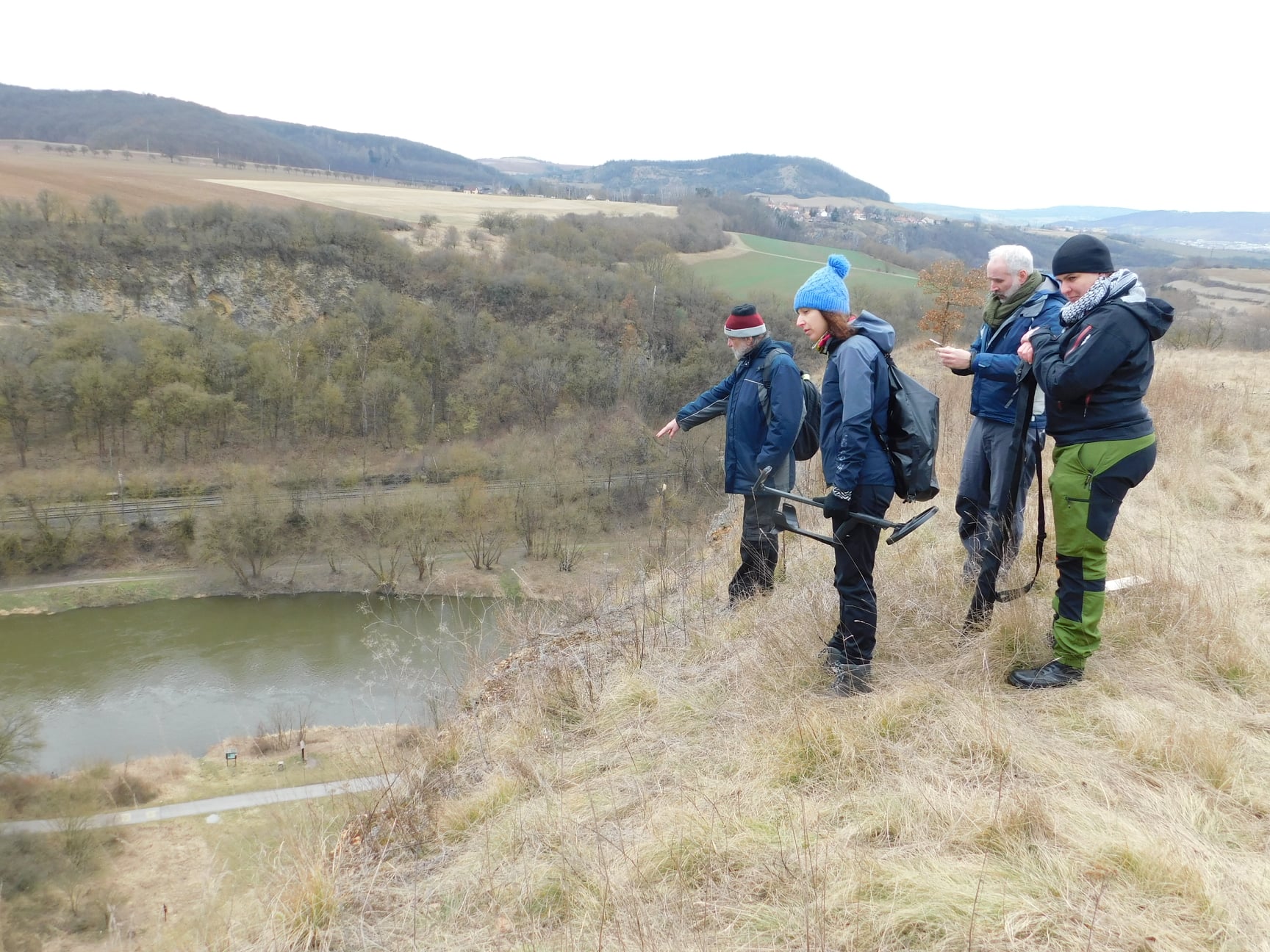
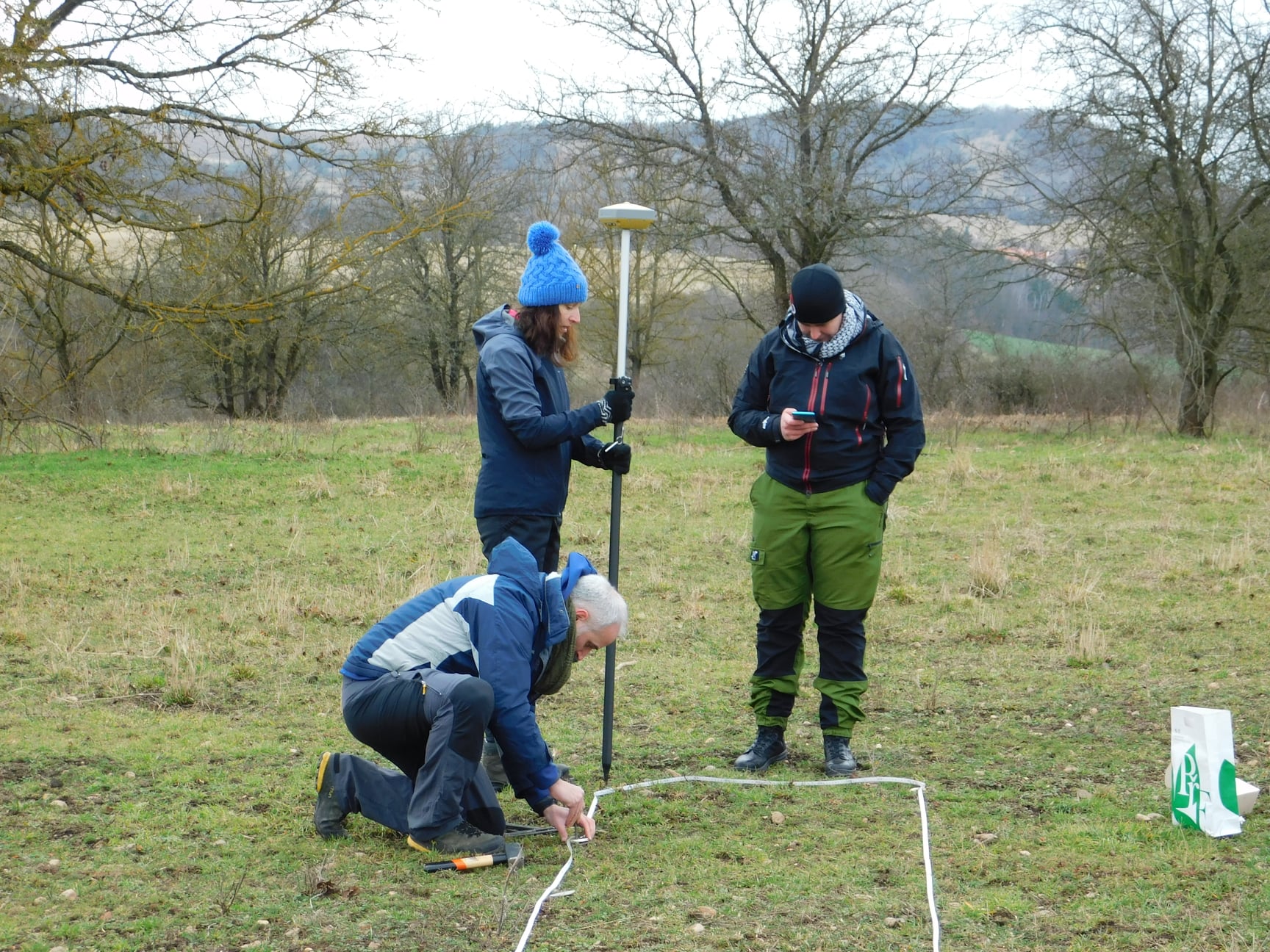
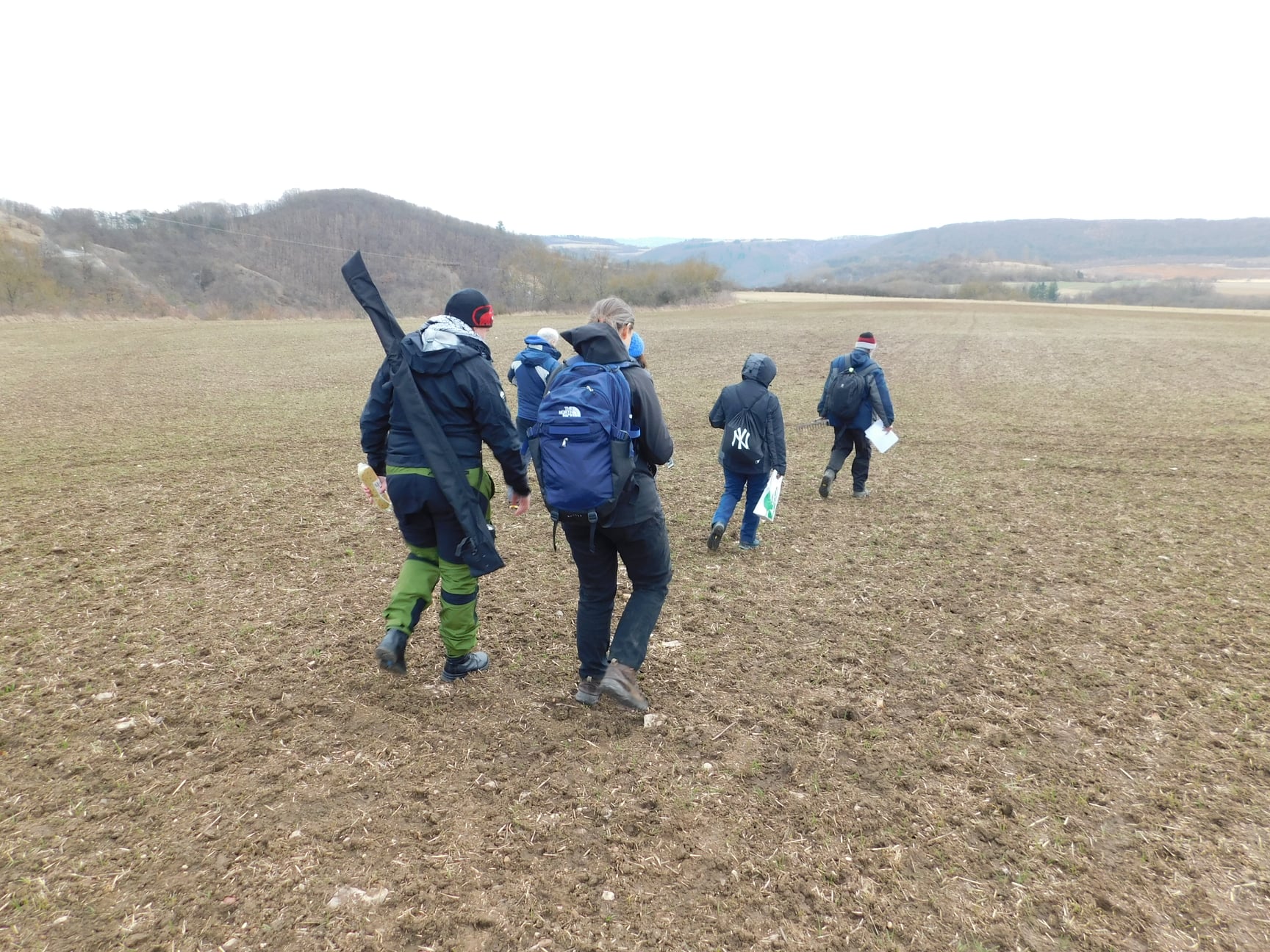
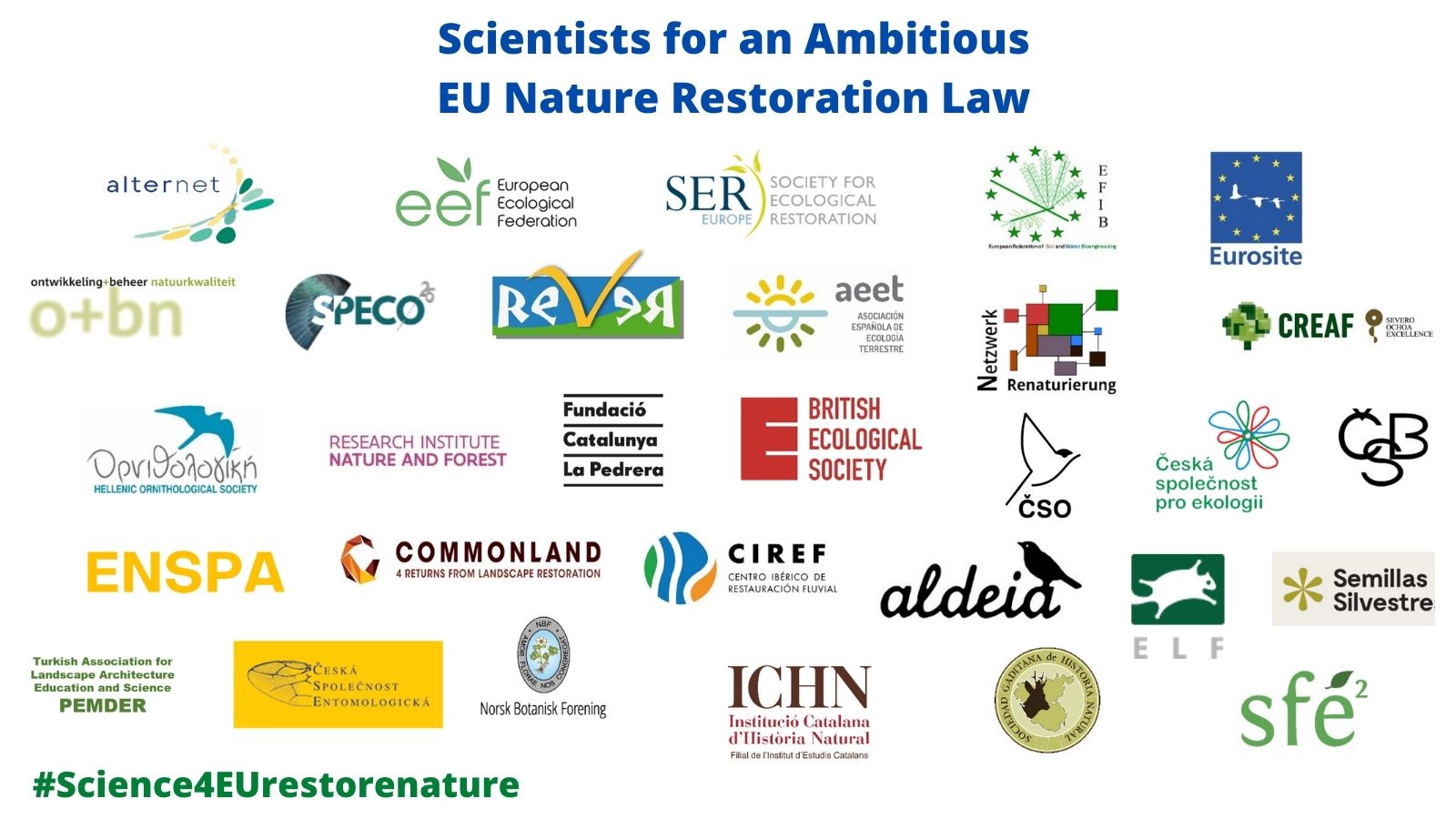 The European Chapter of the Society for Ecological Restoration calls on the European Commission to take into account, develop and incorporate twelve recommendations in the process of reducing biodiversity loss and climate change when discussing the new law on restoration and nature protection. The
The European Chapter of the Society for Ecological Restoration calls on the European Commission to take into account, develop and incorporate twelve recommendations in the process of reducing biodiversity loss and climate change when discussing the new law on restoration and nature protection. The 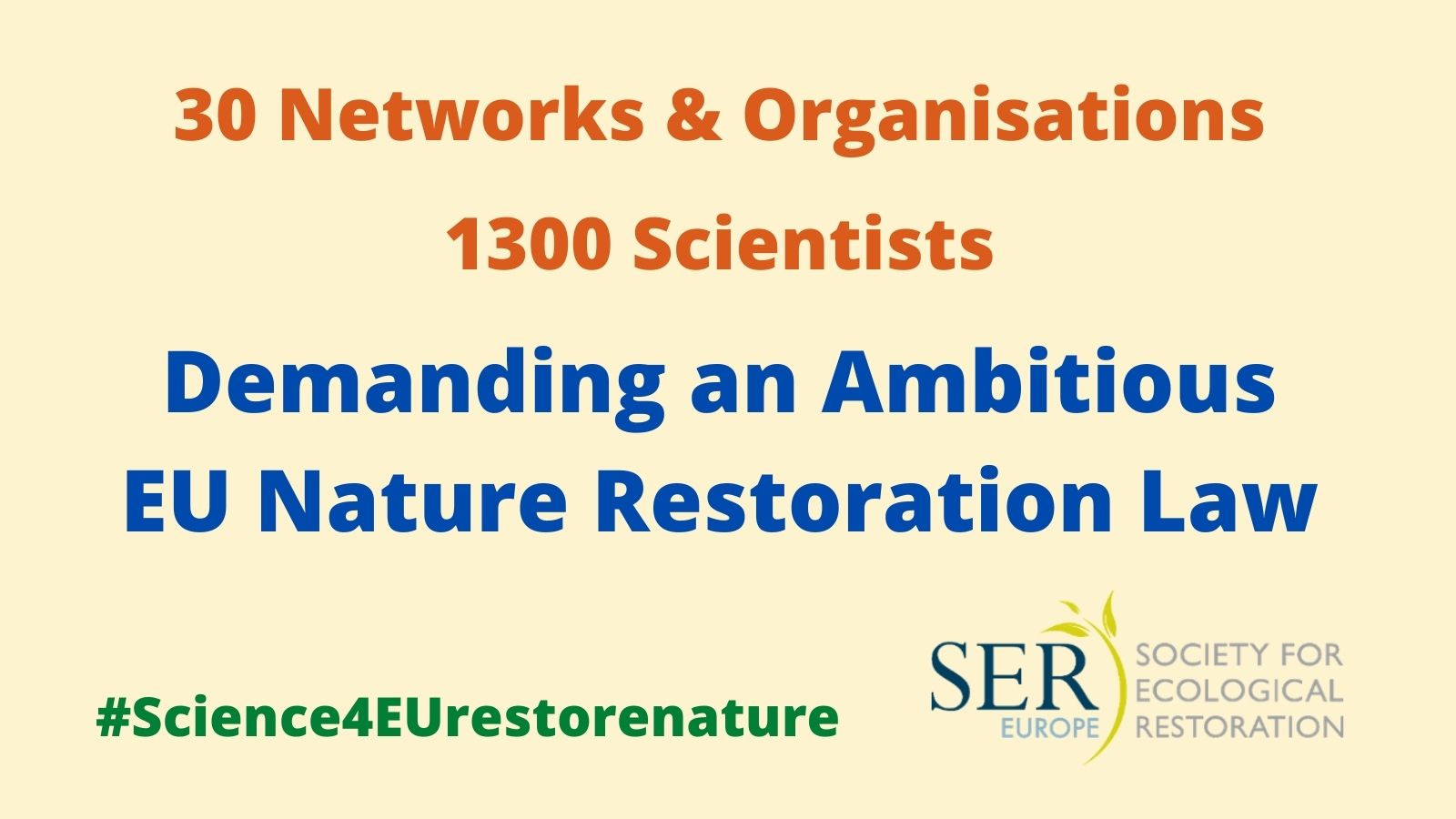
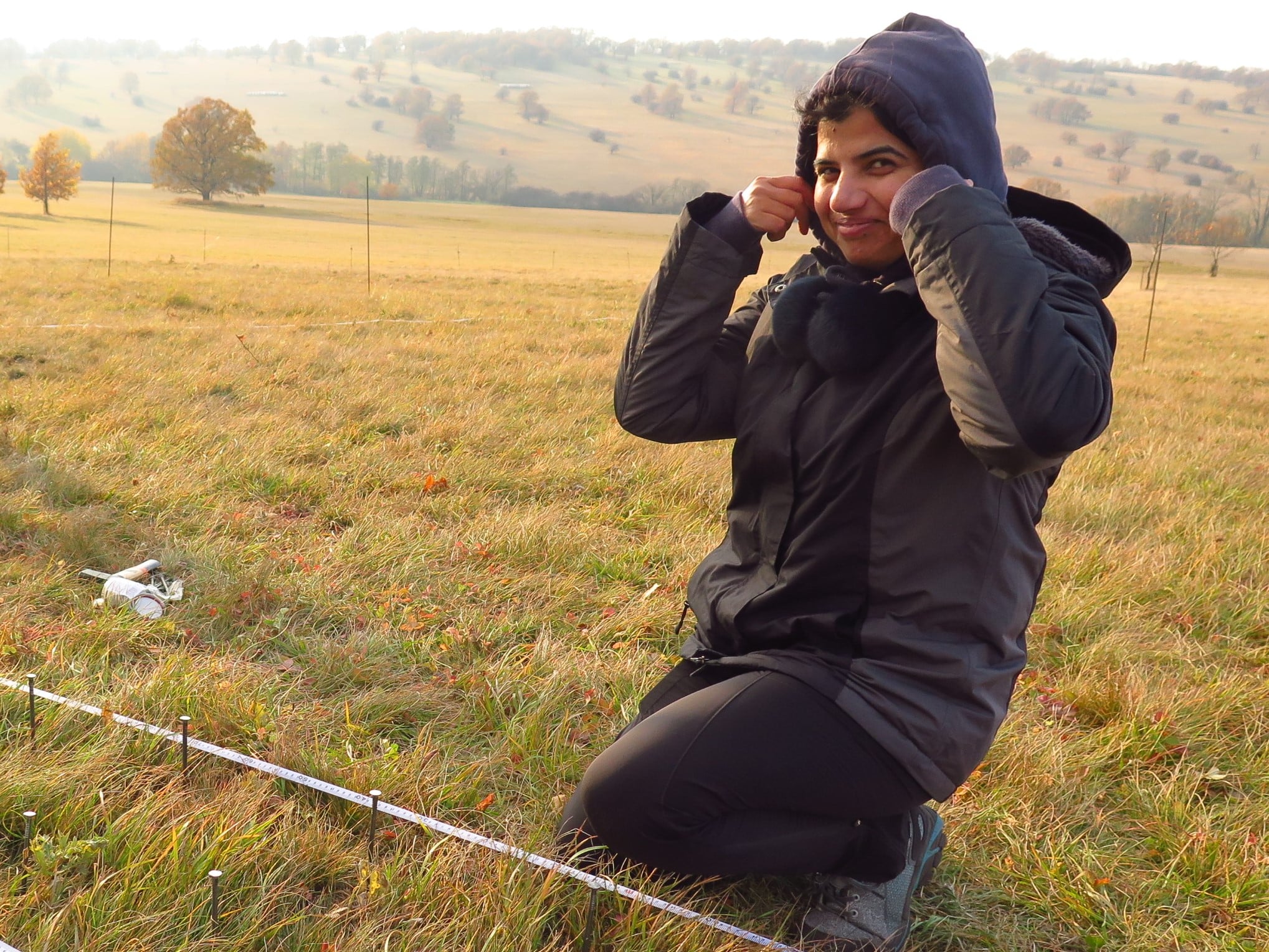 Sometimes you need to be flexible - when you cannot do your PhD research in Pakistan due to a pandemic and you choose White Carpathians instead. And sometimes it is necessary even for botanists to have a headlamp in the field - when you establish an experiment and sow meadow species into meadows restored using regional seed mixtures and it gets dark. Good luck to our PhD student Ume Farwa!
Sometimes you need to be flexible - when you cannot do your PhD research in Pakistan due to a pandemic and you choose White Carpathians instead. And sometimes it is necessary even for botanists to have a headlamp in the field - when you establish an experiment and sow meadow species into meadows restored using regional seed mixtures and it gets dark. Good luck to our PhD student Ume Farwa!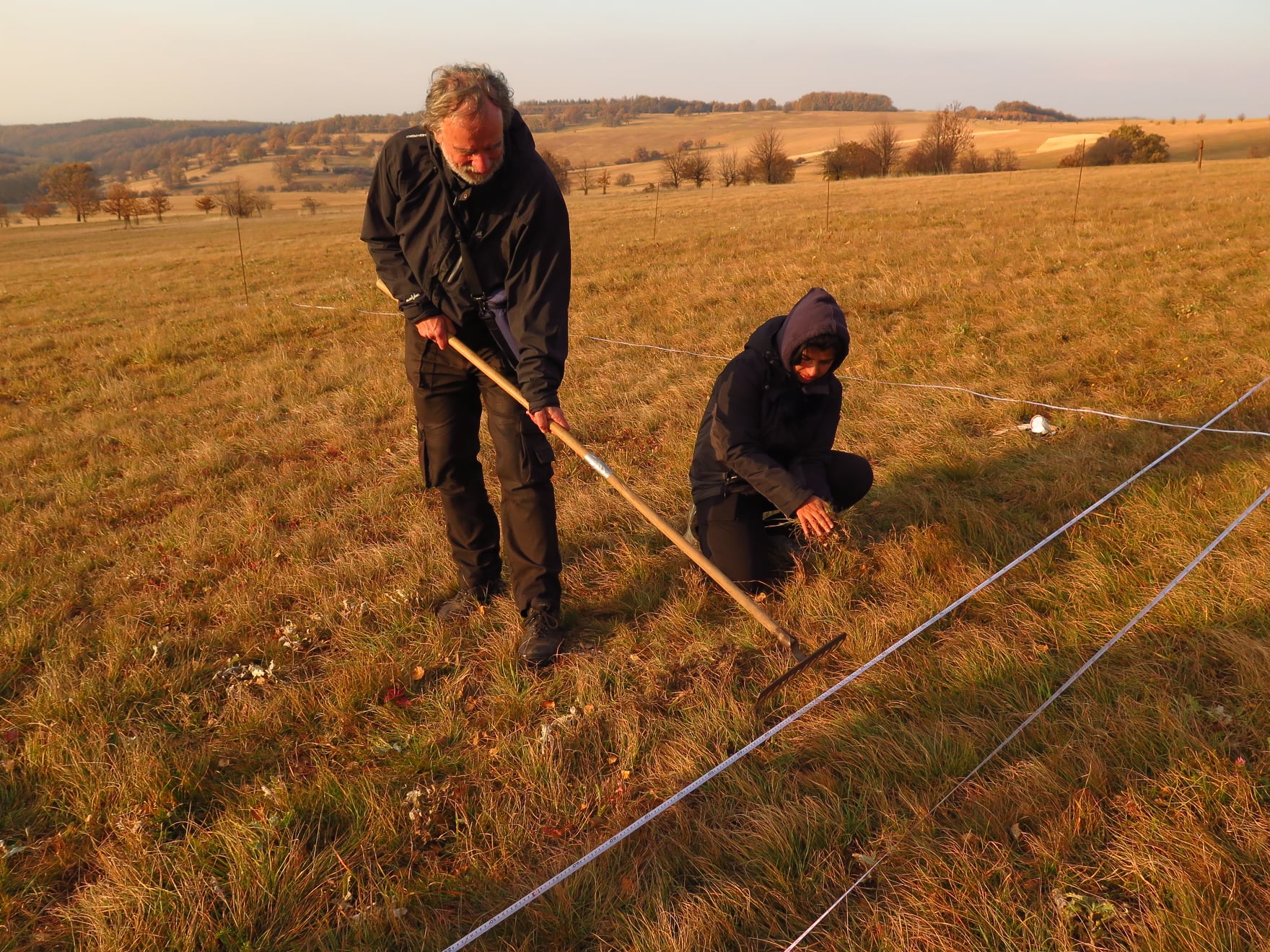
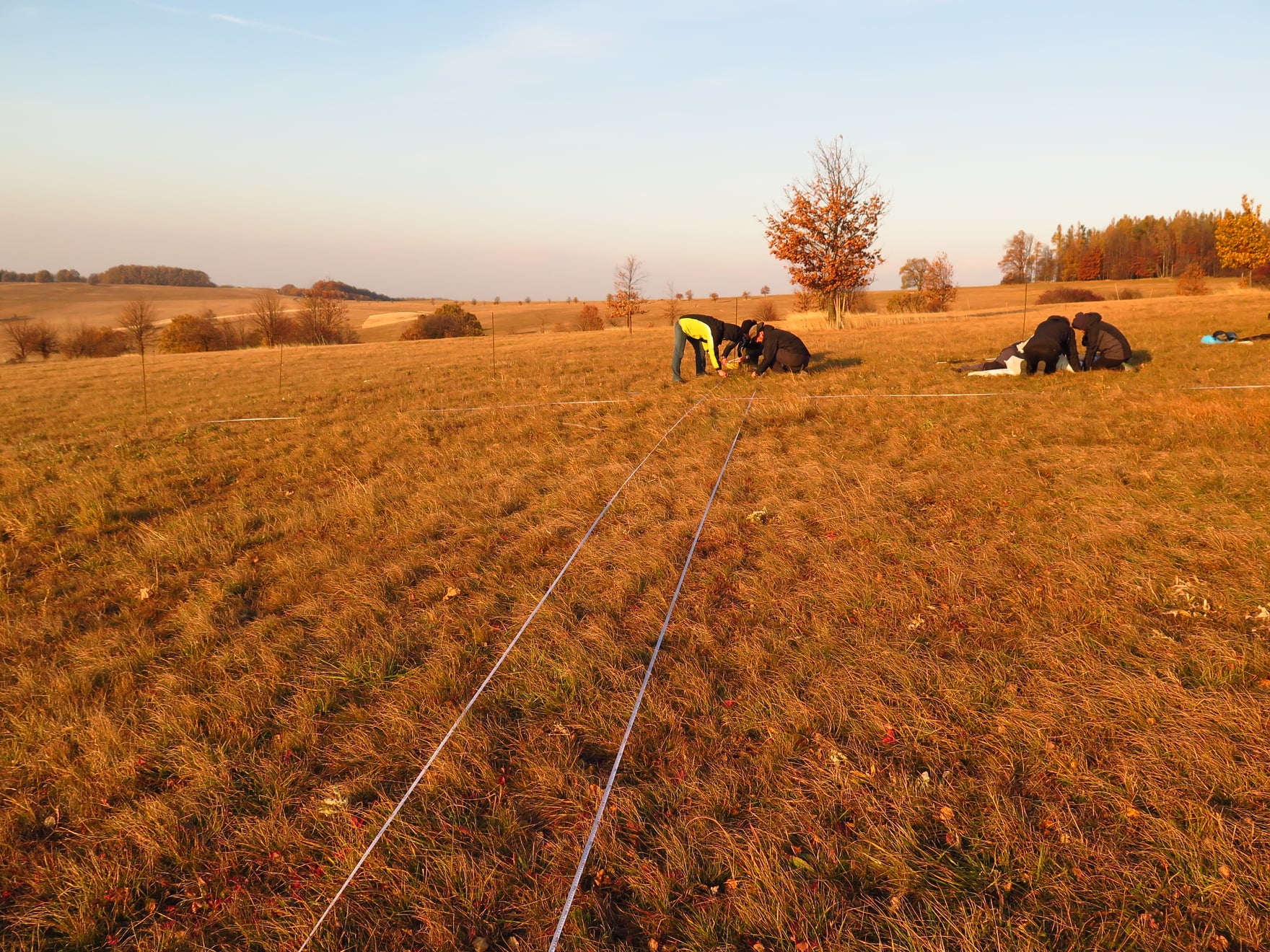
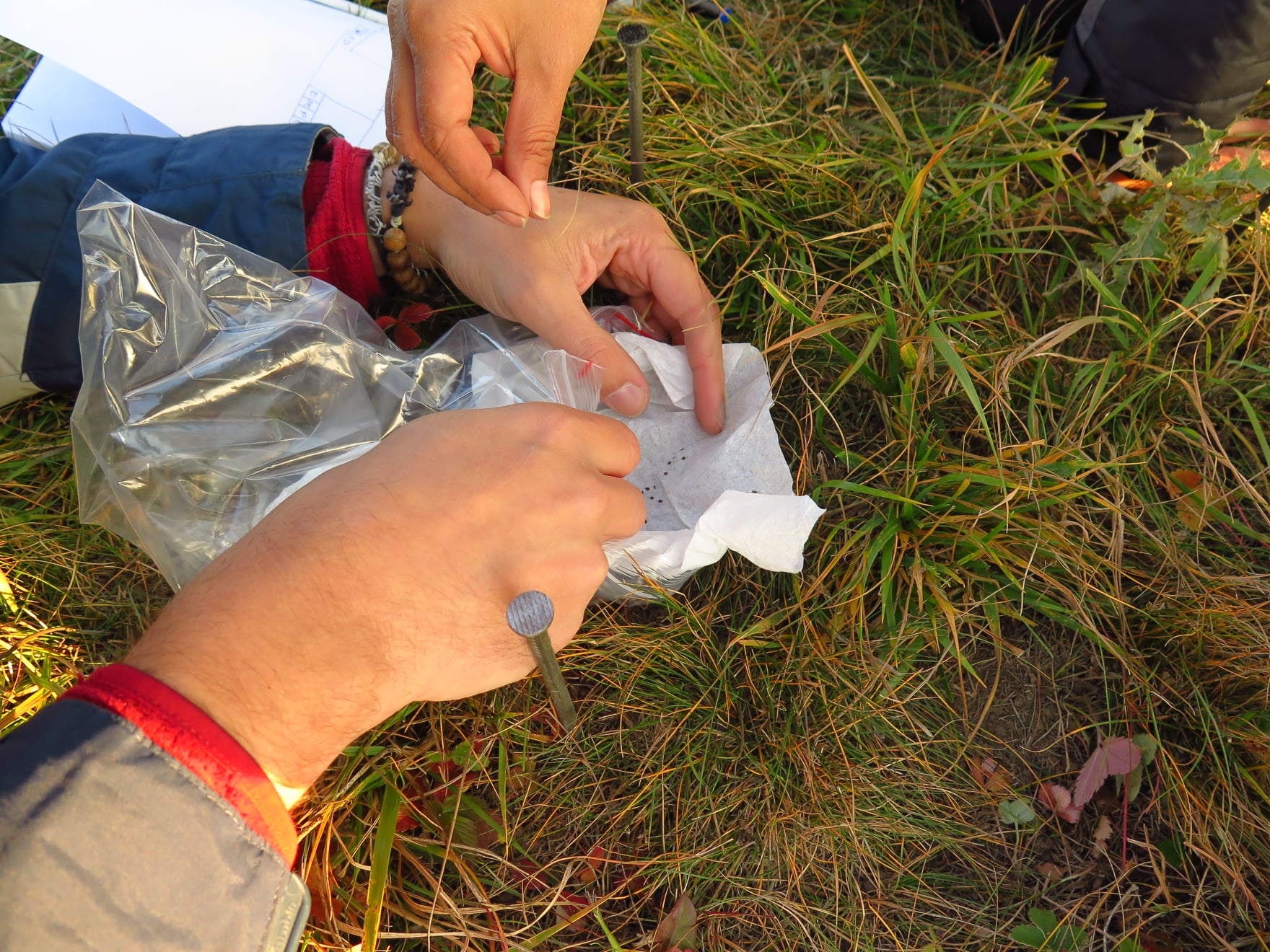
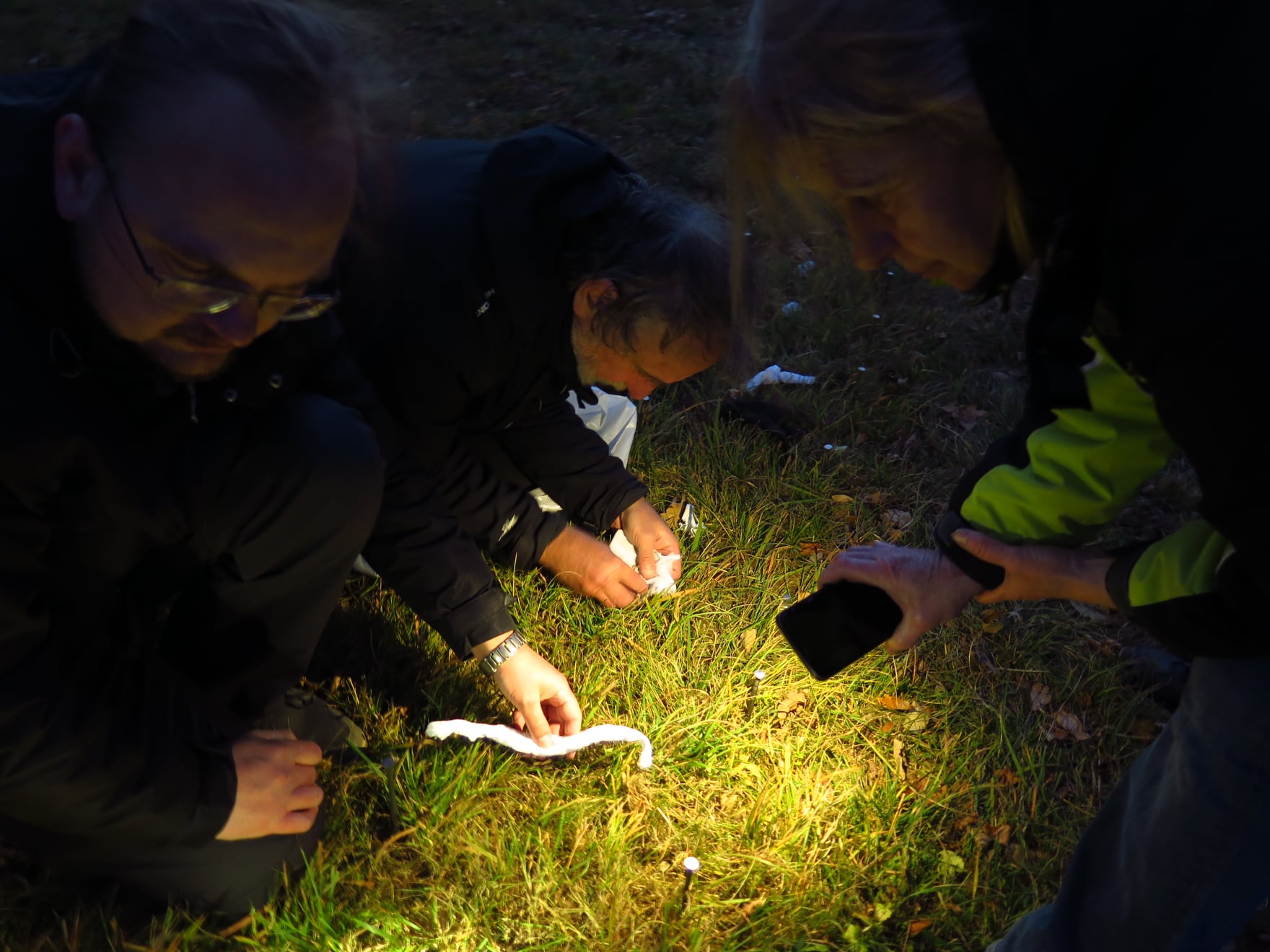
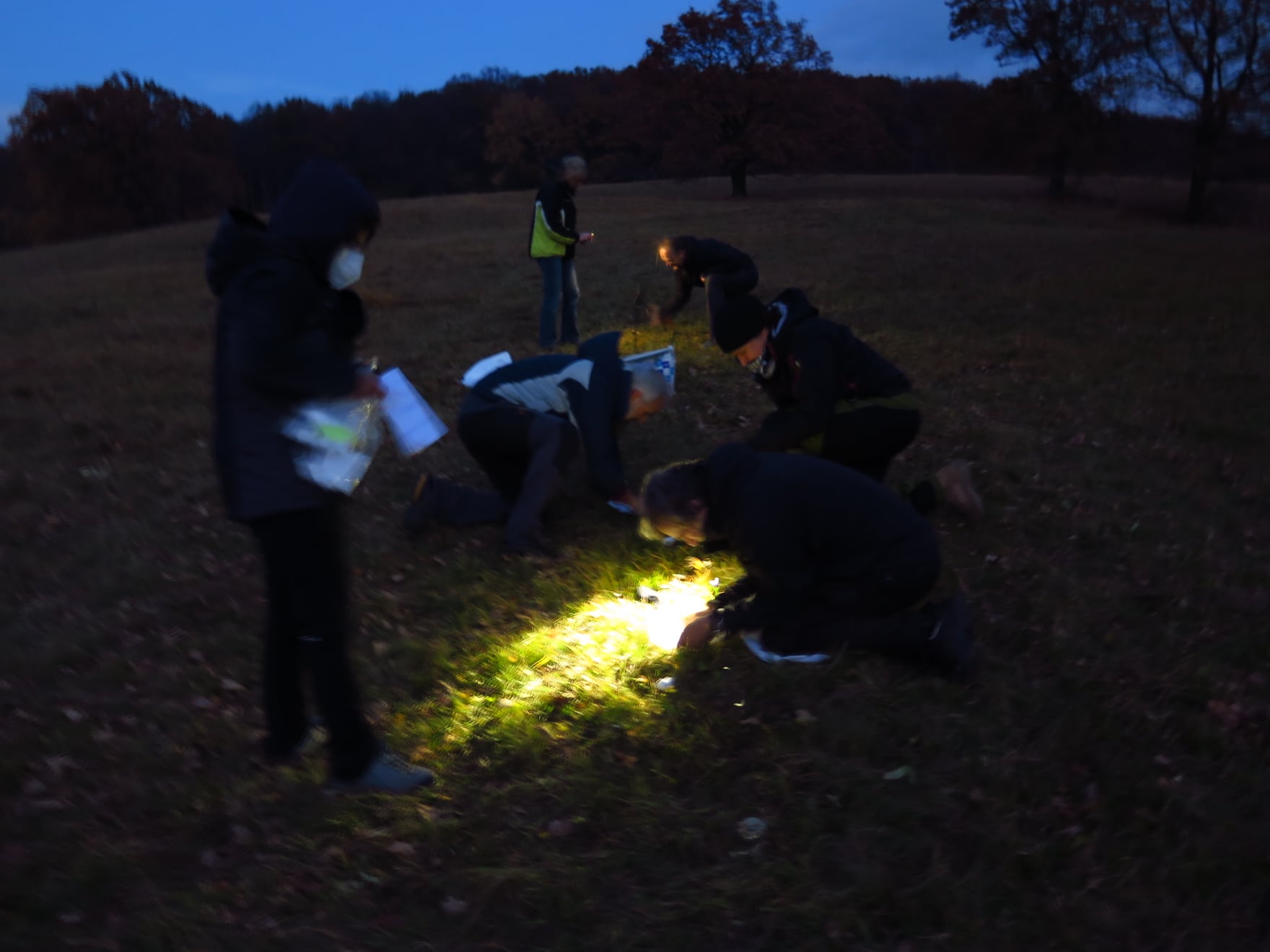
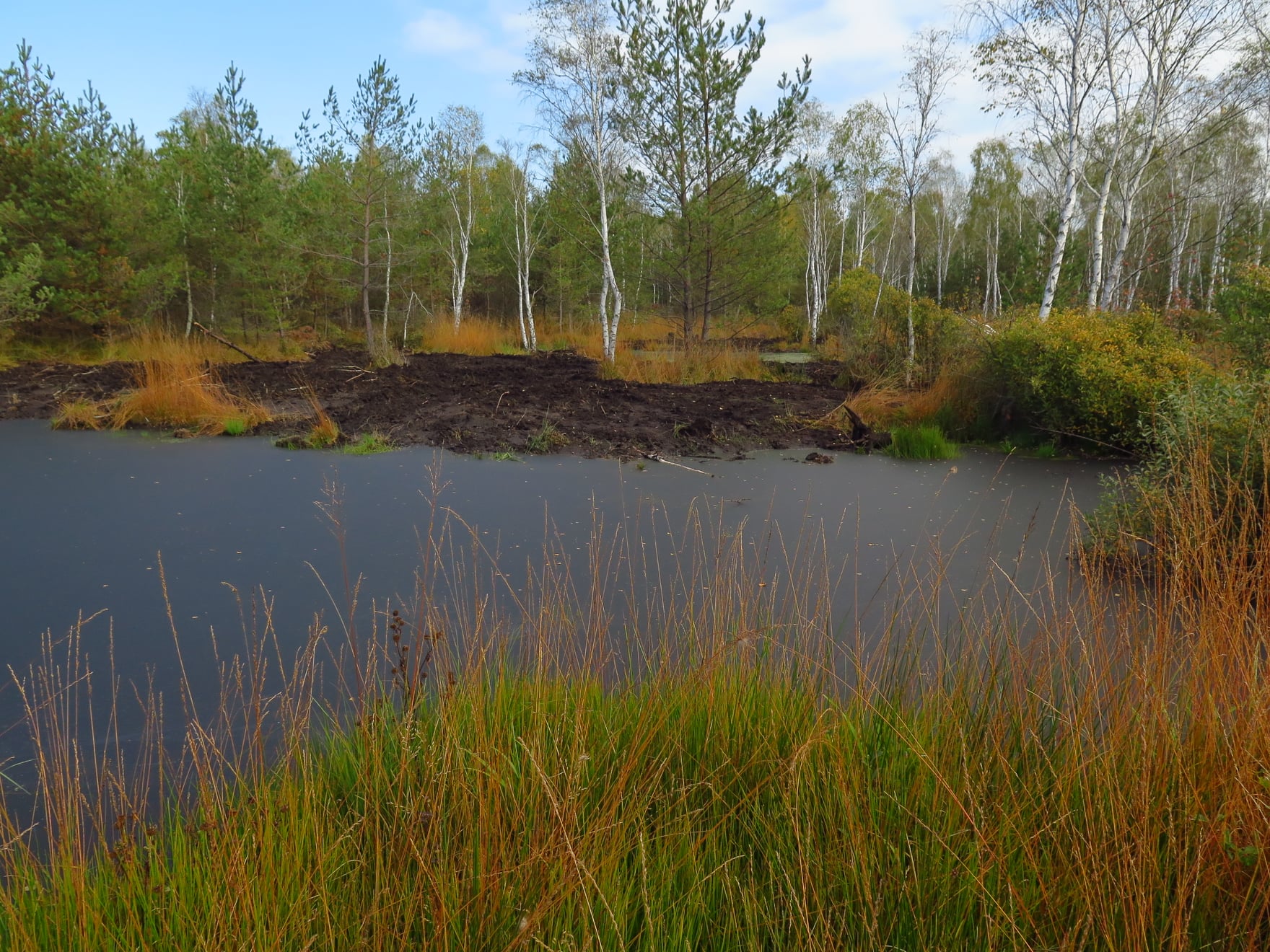 During one week, we visited three freshly revitalized South Bohemian peat bogs. Borkovice, Hrdlořezy and Vlčí jámy have a lot in common. All of them were previously industrially mined. And all of them have been revitalized in recent months to restore their water regime. Blocking of drainage channels and the creation of shallow water pools will help to return the groundwater level to a more suitable state and enable the original peat bog biota to return back.
During one week, we visited three freshly revitalized South Bohemian peat bogs. Borkovice, Hrdlořezy and Vlčí jámy have a lot in common. All of them were previously industrially mined. And all of them have been revitalized in recent months to restore their water regime. Blocking of drainage channels and the creation of shallow water pools will help to return the groundwater level to a more suitable state and enable the original peat bog biota to return back.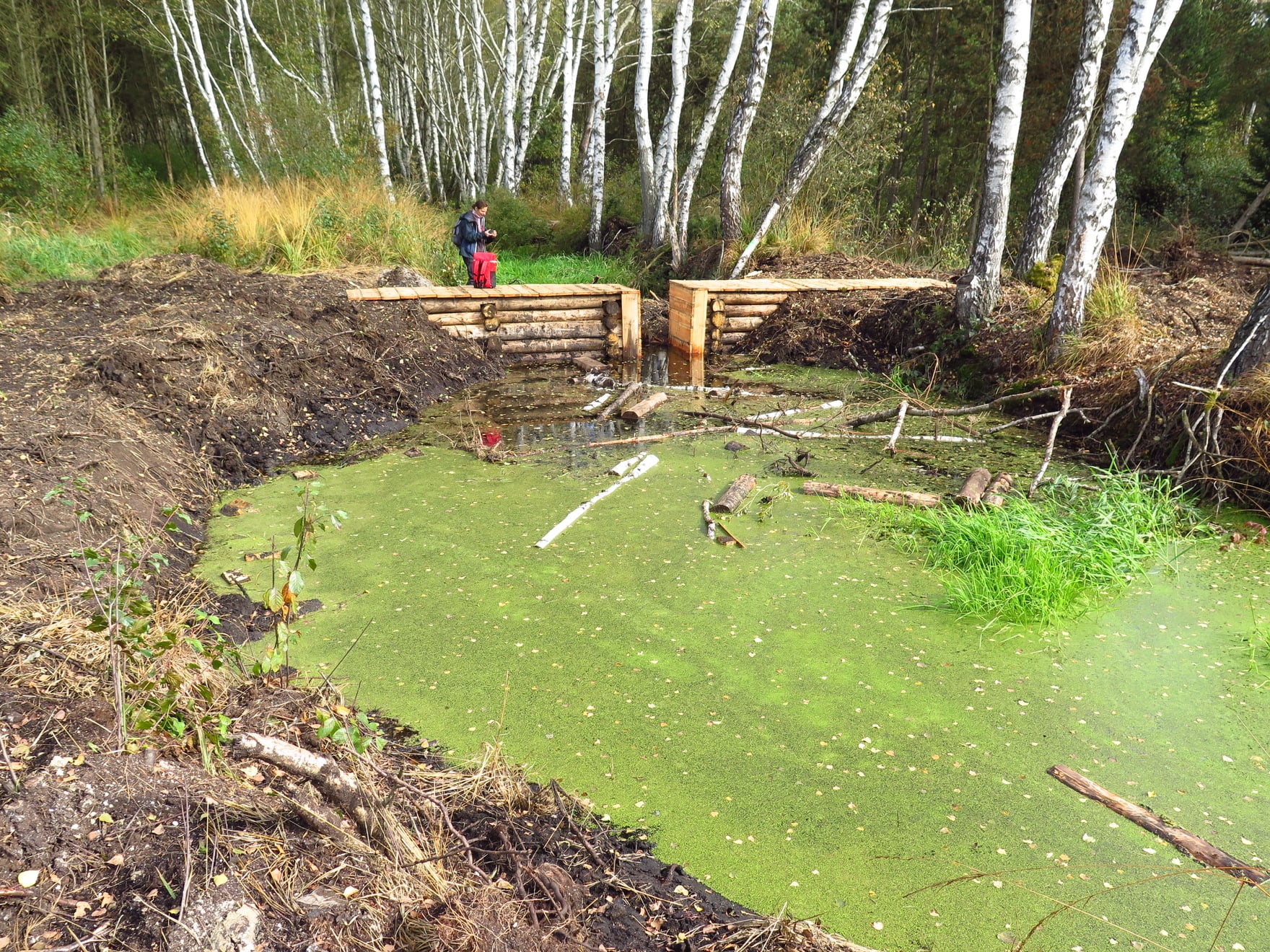
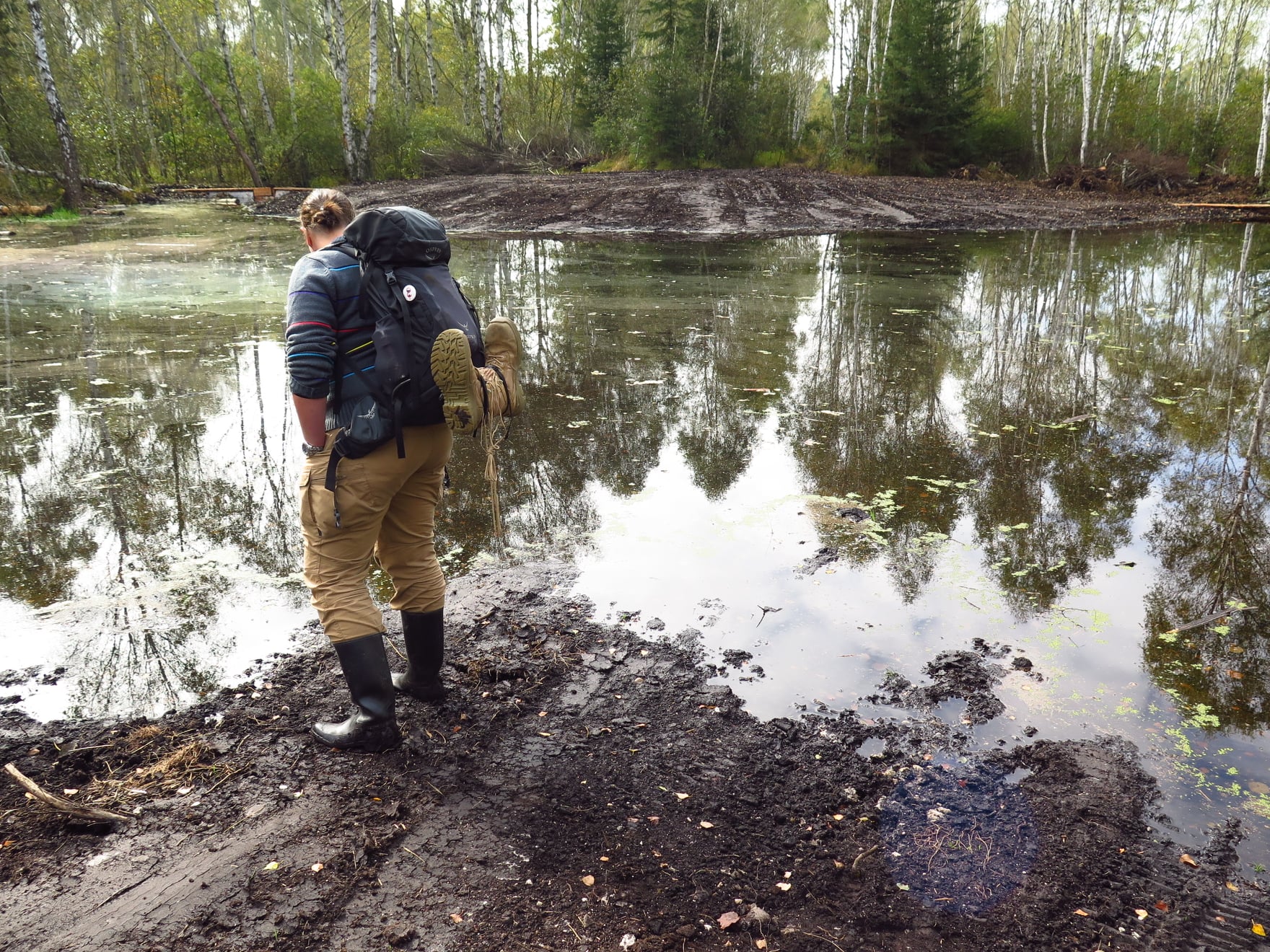
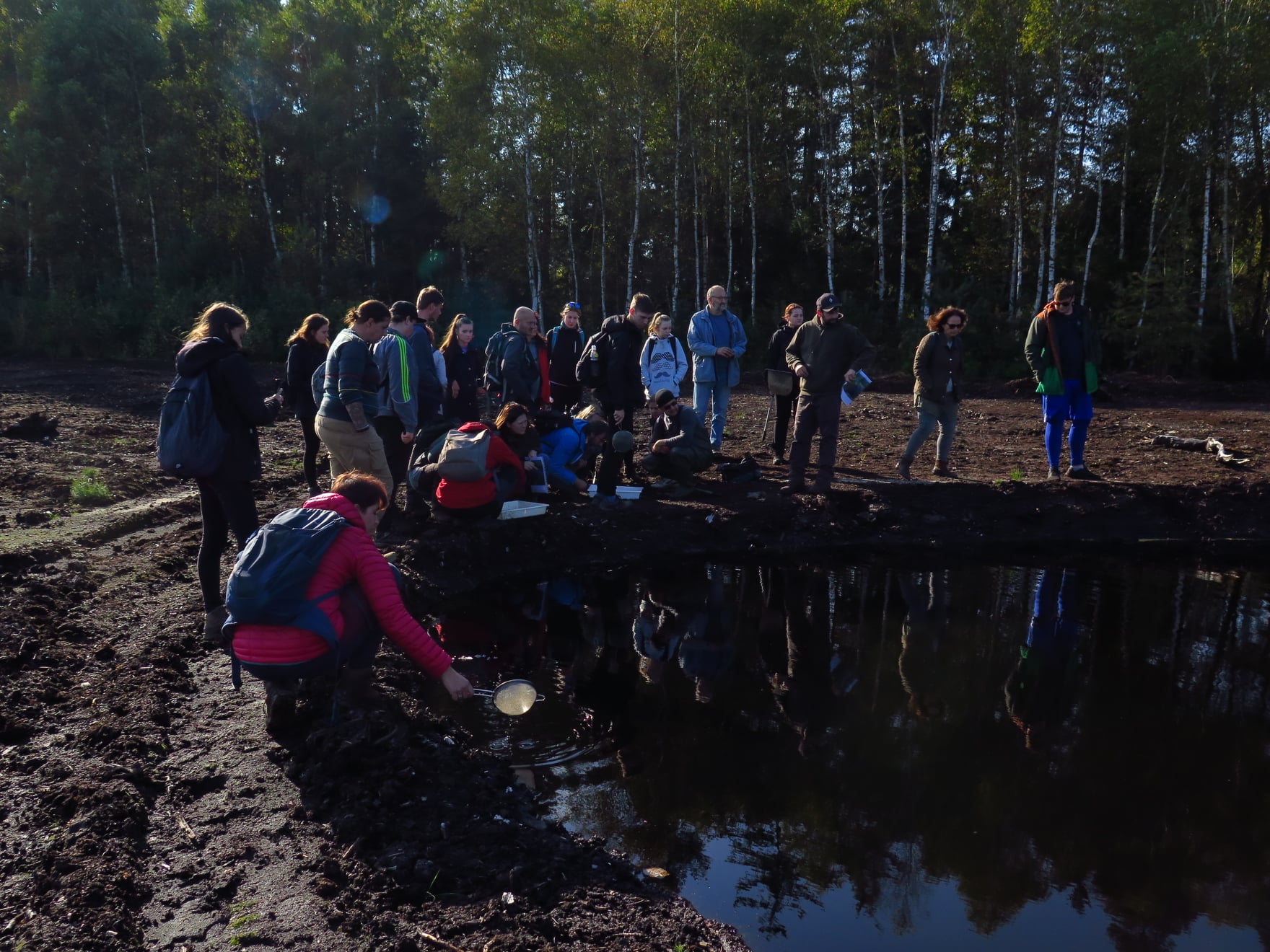
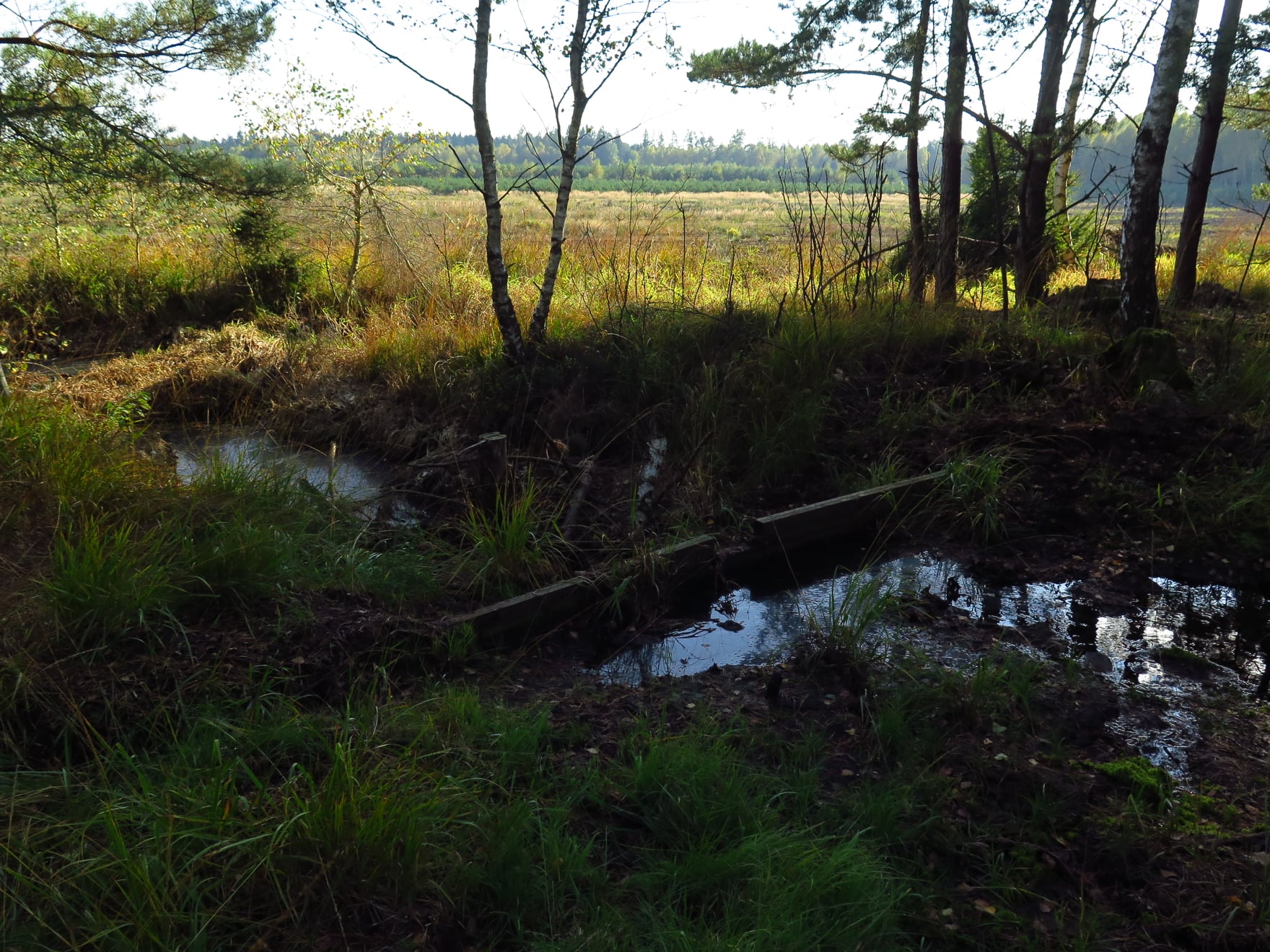
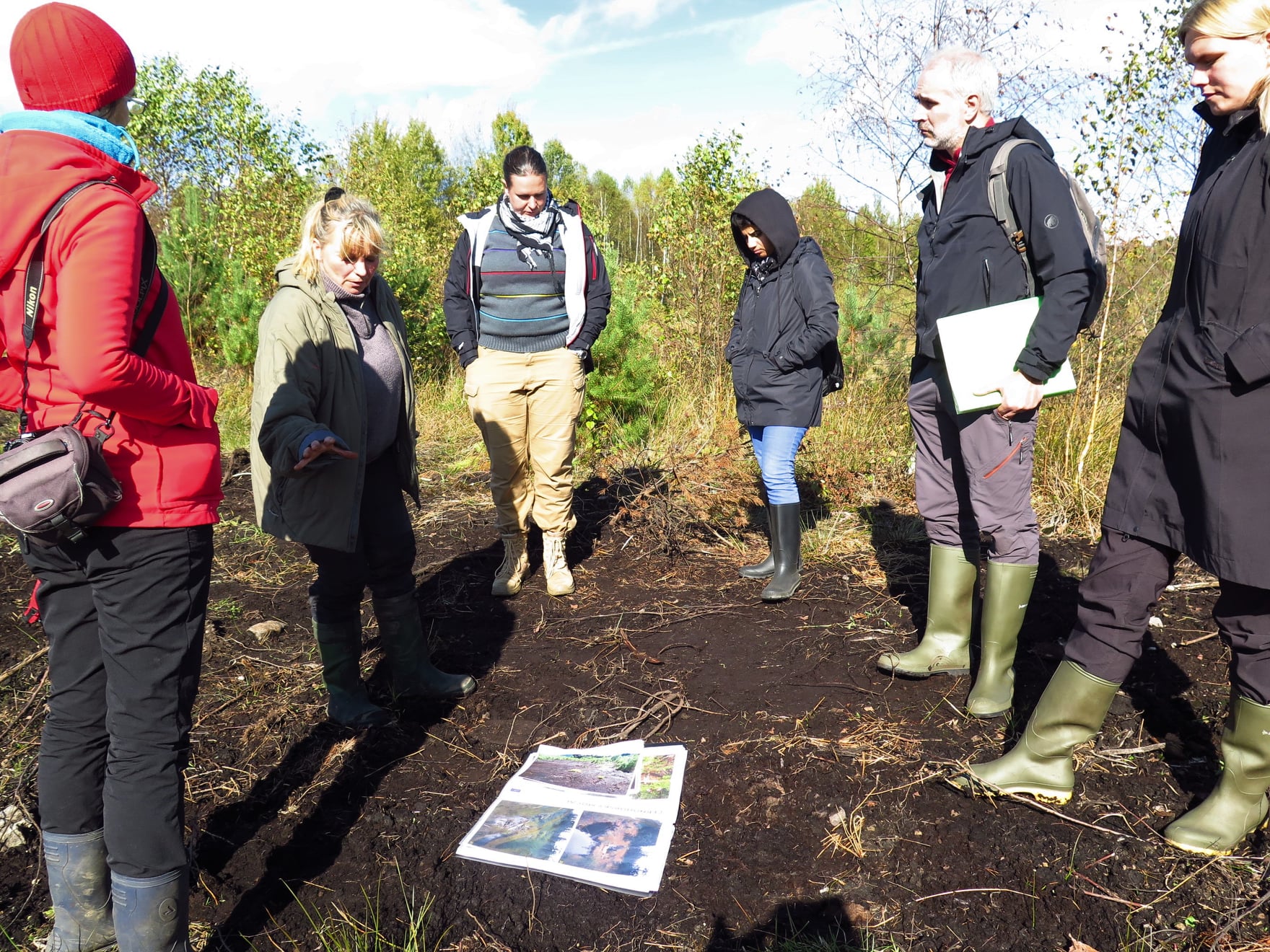
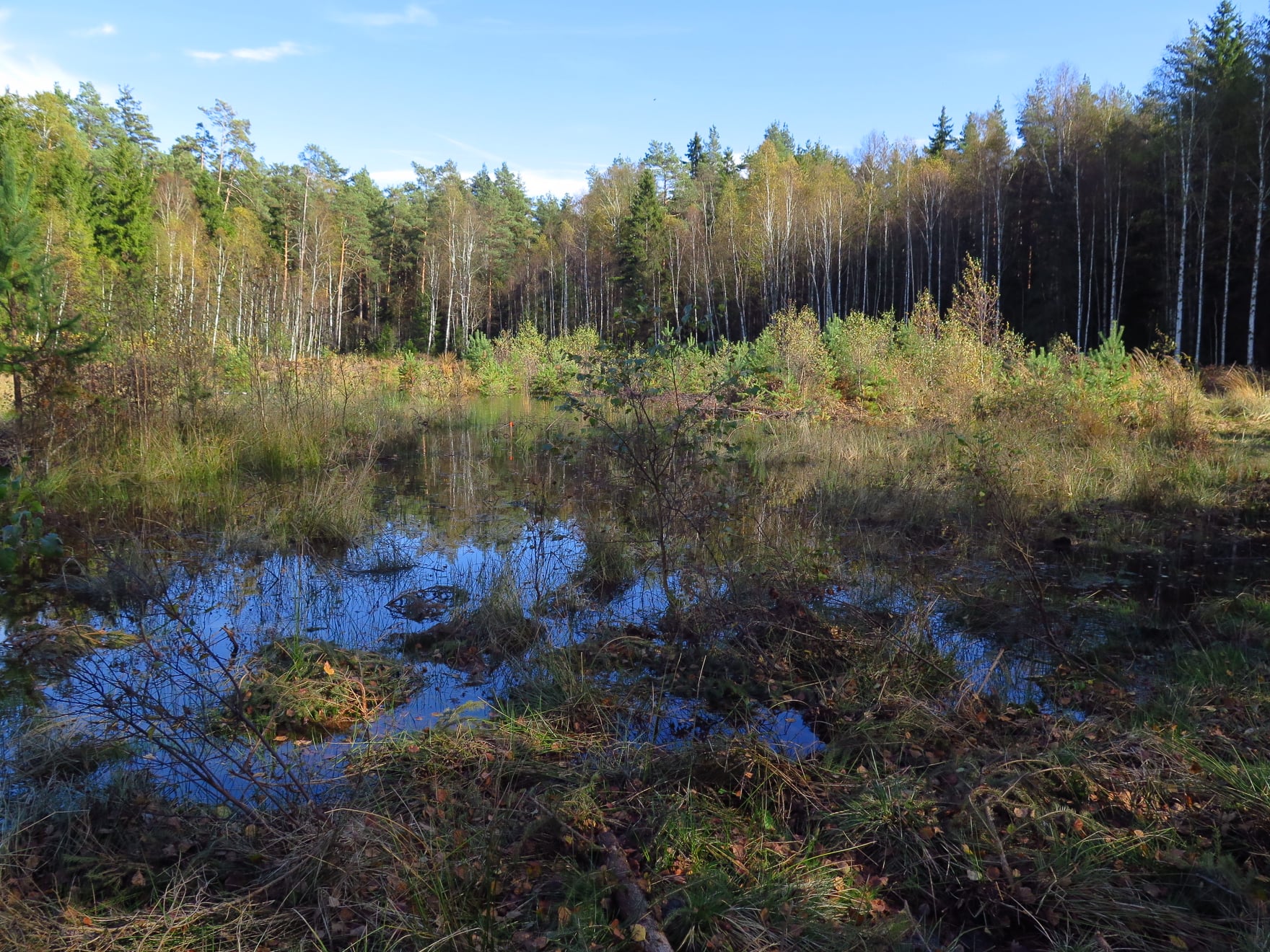
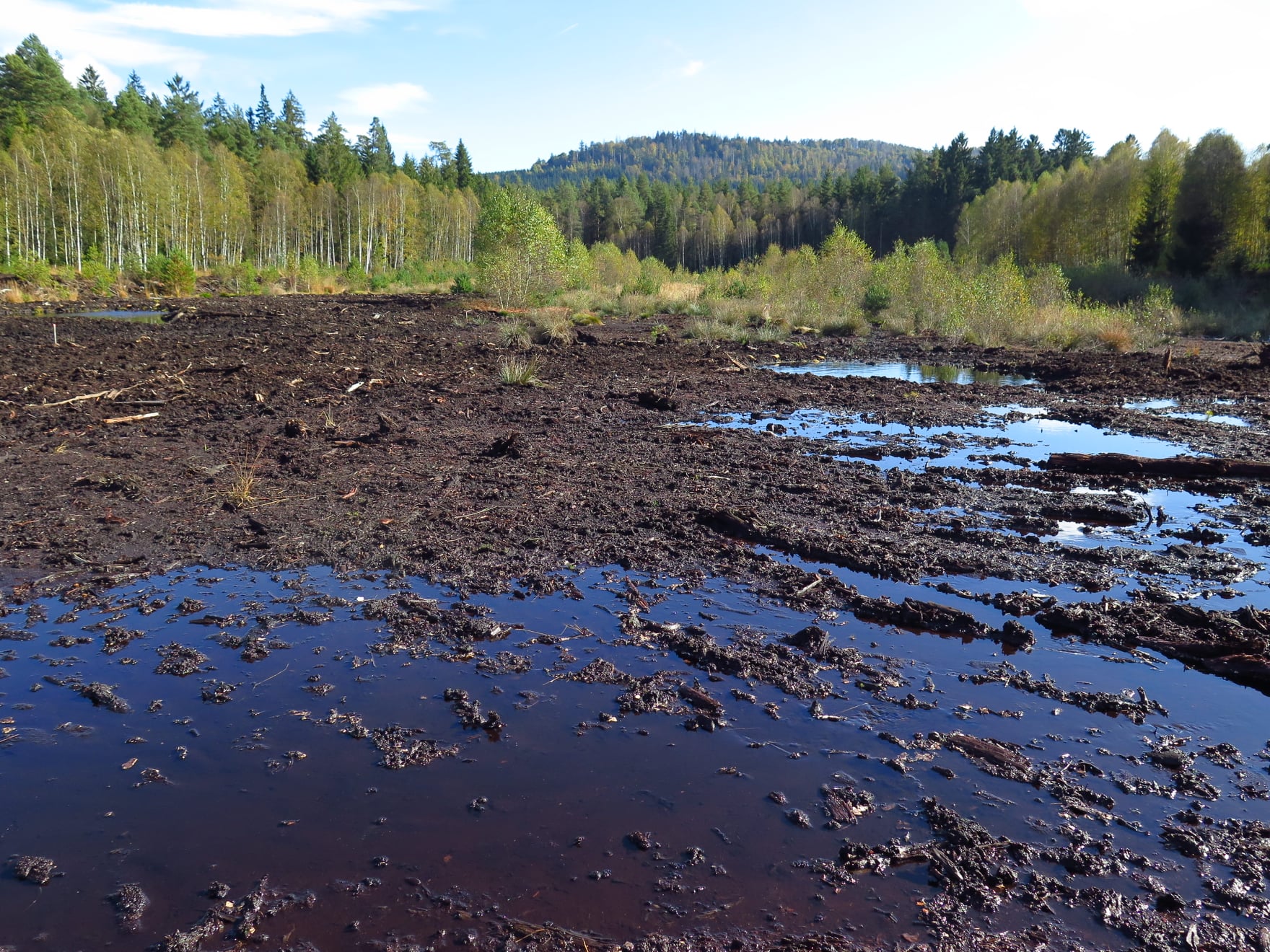
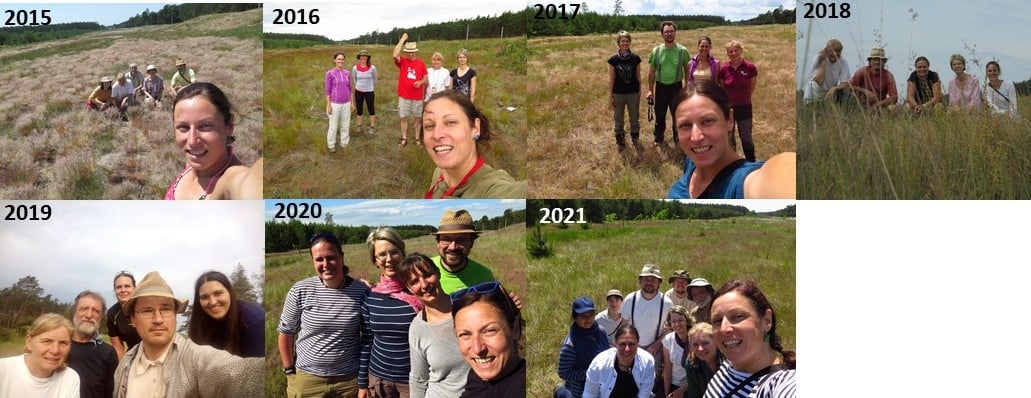 The advantage of long-term monitoring of permanent plots is that you look in detail at the succession process. As in Vaté písky near Bzenec, for example, where we monitor the restoration of sandy grasslands. The successional development, or better the species turnover, can also be observed in the composition of the working team.
The advantage of long-term monitoring of permanent plots is that you look in detail at the succession process. As in Vaté písky near Bzenec, for example, where we monitor the restoration of sandy grasslands. The successional development, or better the species turnover, can also be observed in the composition of the working team.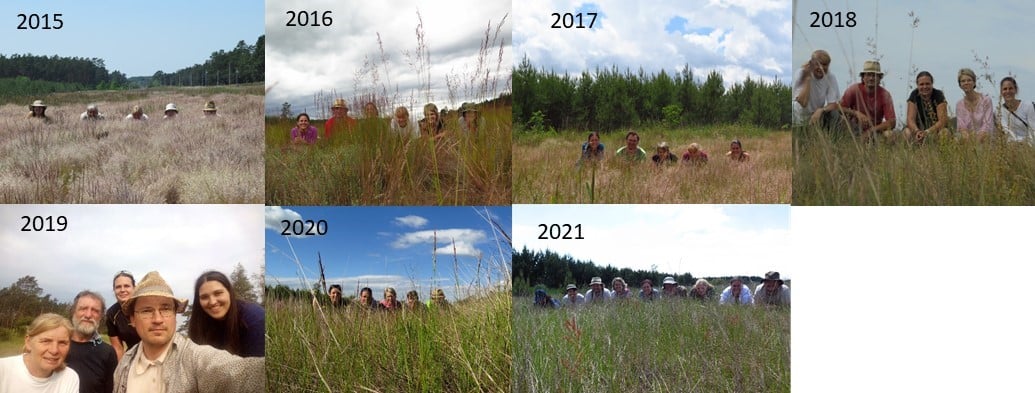
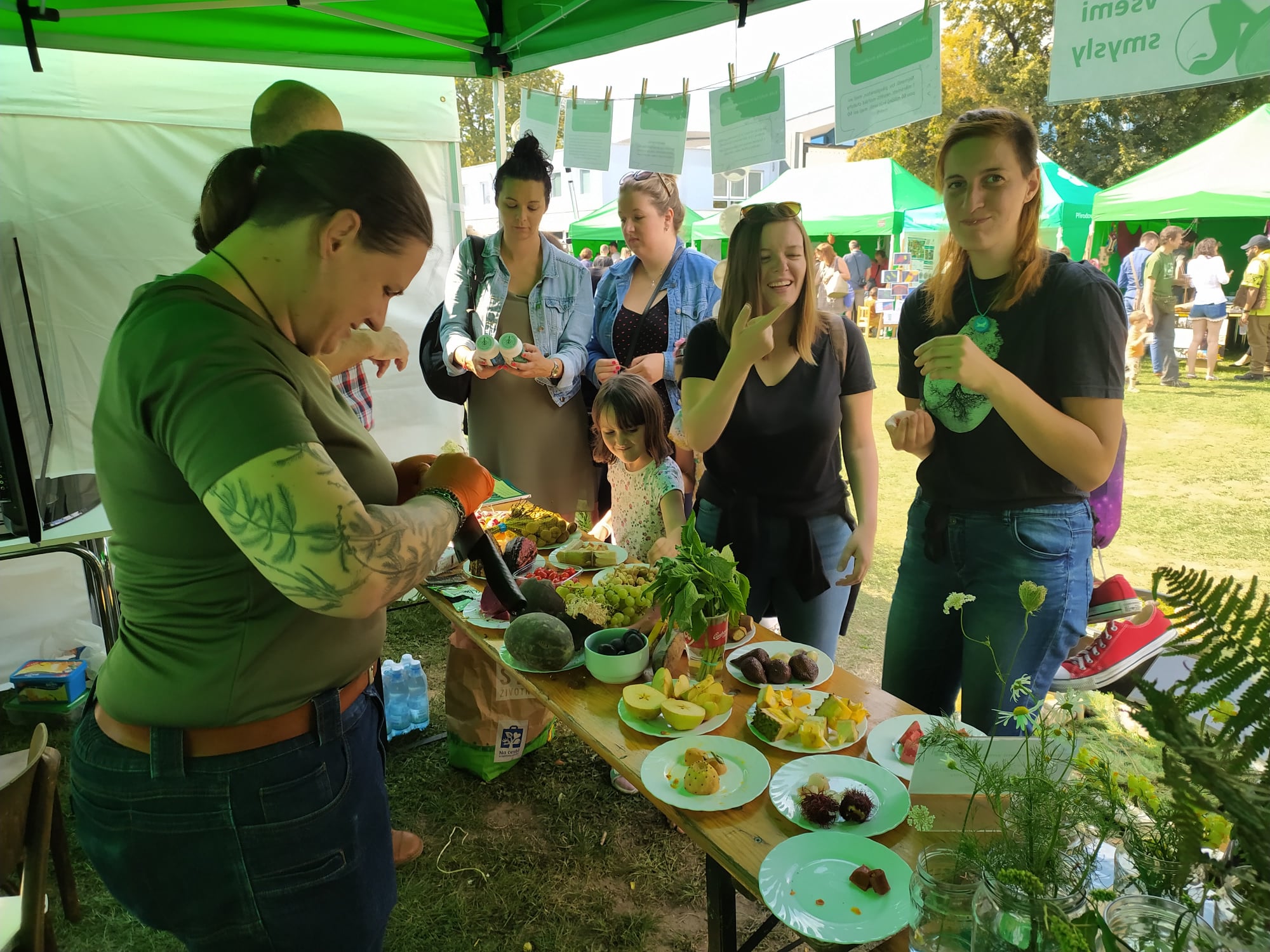 Today, the faculty celebrated 30 years anniversary and our working got involved in the celebration program. The aim was to show that botany is not boring and can be perceived by all of senses. It attracted a lot of attention. Everyone could see a variety of mini-habitats (from the pond to the sand pit), try out to determine plants, walk barefoot along the natural sidewalk, determine the plants by smell, and the bravest could also taste a variety of plants (even the famous durian).
Today, the faculty celebrated 30 years anniversary and our working got involved in the celebration program. The aim was to show that botany is not boring and can be perceived by all of senses. It attracted a lot of attention. Everyone could see a variety of mini-habitats (from the pond to the sand pit), try out to determine plants, walk barefoot along the natural sidewalk, determine the plants by smell, and the bravest could also taste a variety of plants (even the famous durian).